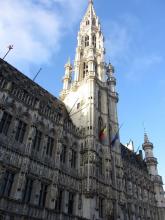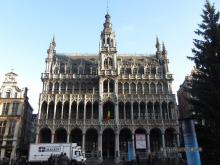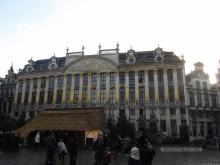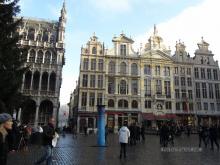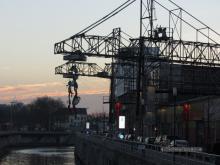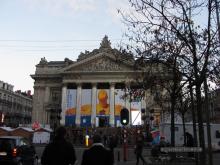The capital of Belgium and seat of the EU institutions, it is the perfect destination for a city break, to enjoy the famous Belgian beer, savour its gastronomy and admire its architectural beauty.
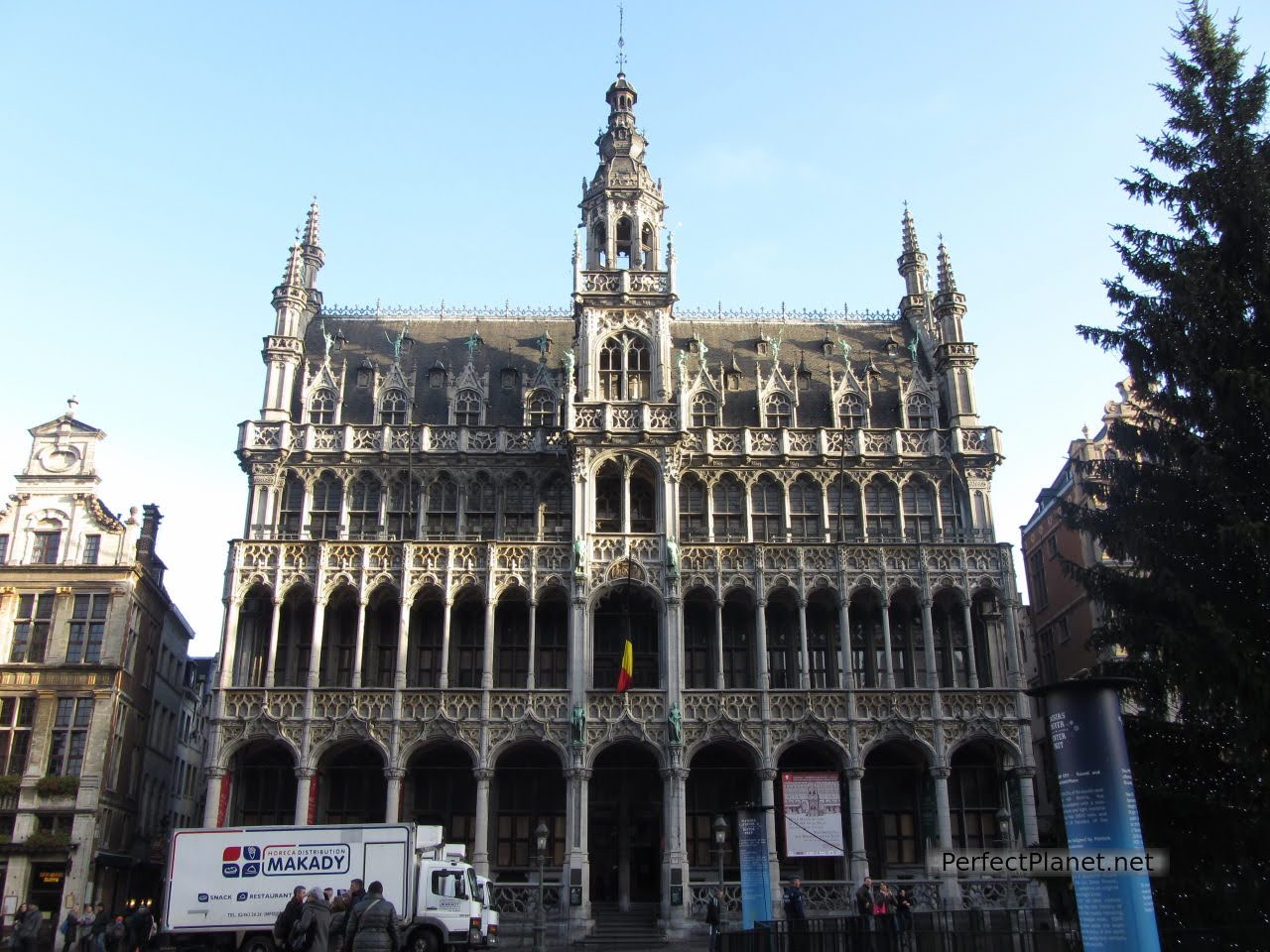
City Museum
How to get there
By plane. The most convenient and economical way (especially if you are travelling from Spain) is by plane. Brussels has two airports, Charleroi Airport and Brussels Zaventem Airport.
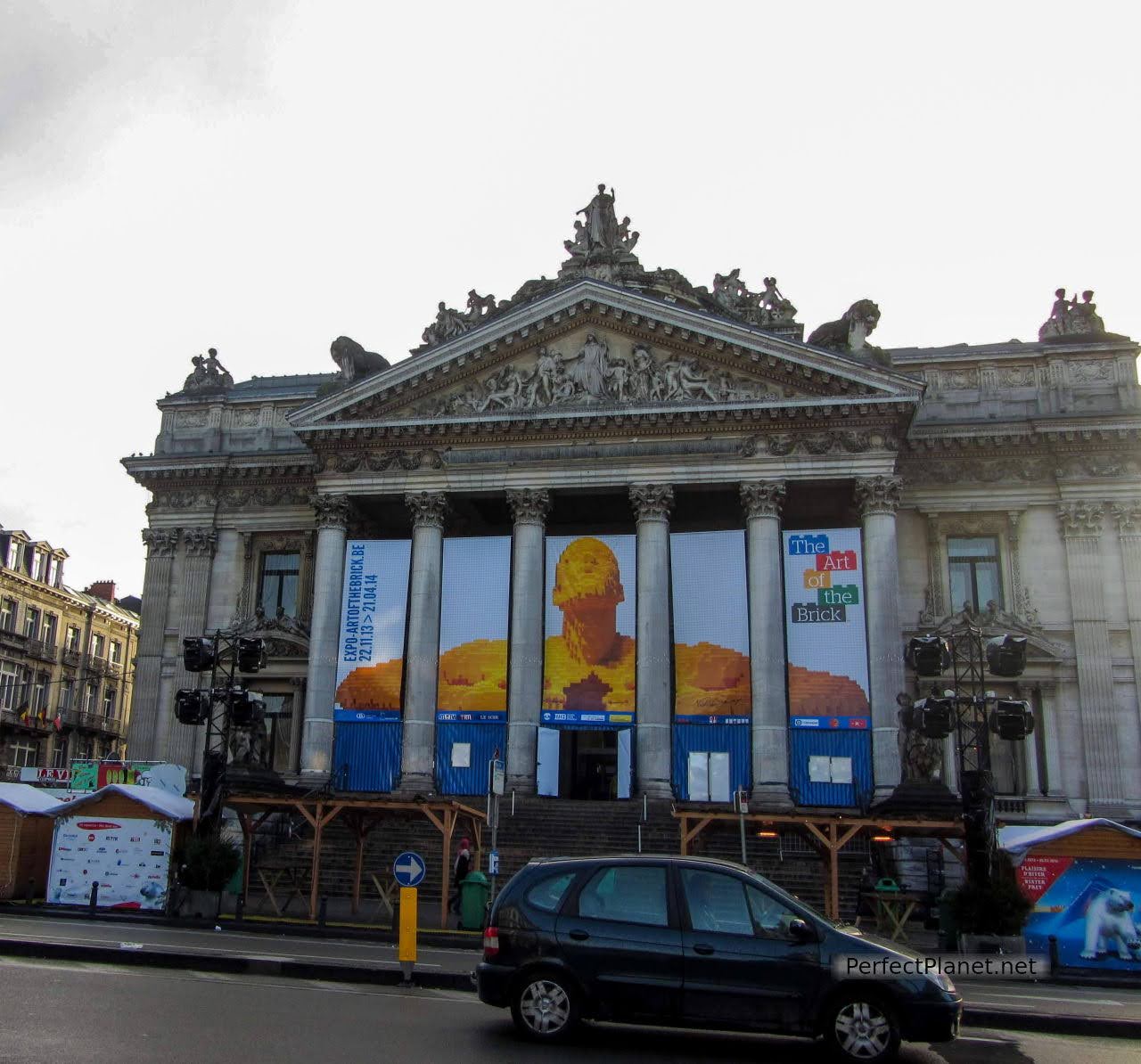
Brussels
Although Charleroi Airport is located 55 km from the capital, it is the busiest airport for low-cost airlines such as Vueling and Ryanair.
How to get from Charleroi to Brussels
The cheapest way is by shuttle bus operated by Flibco every 30 minutes. It takes about an hour to get to Brussels-Midi station. From there you can travel by metro, train or tram.
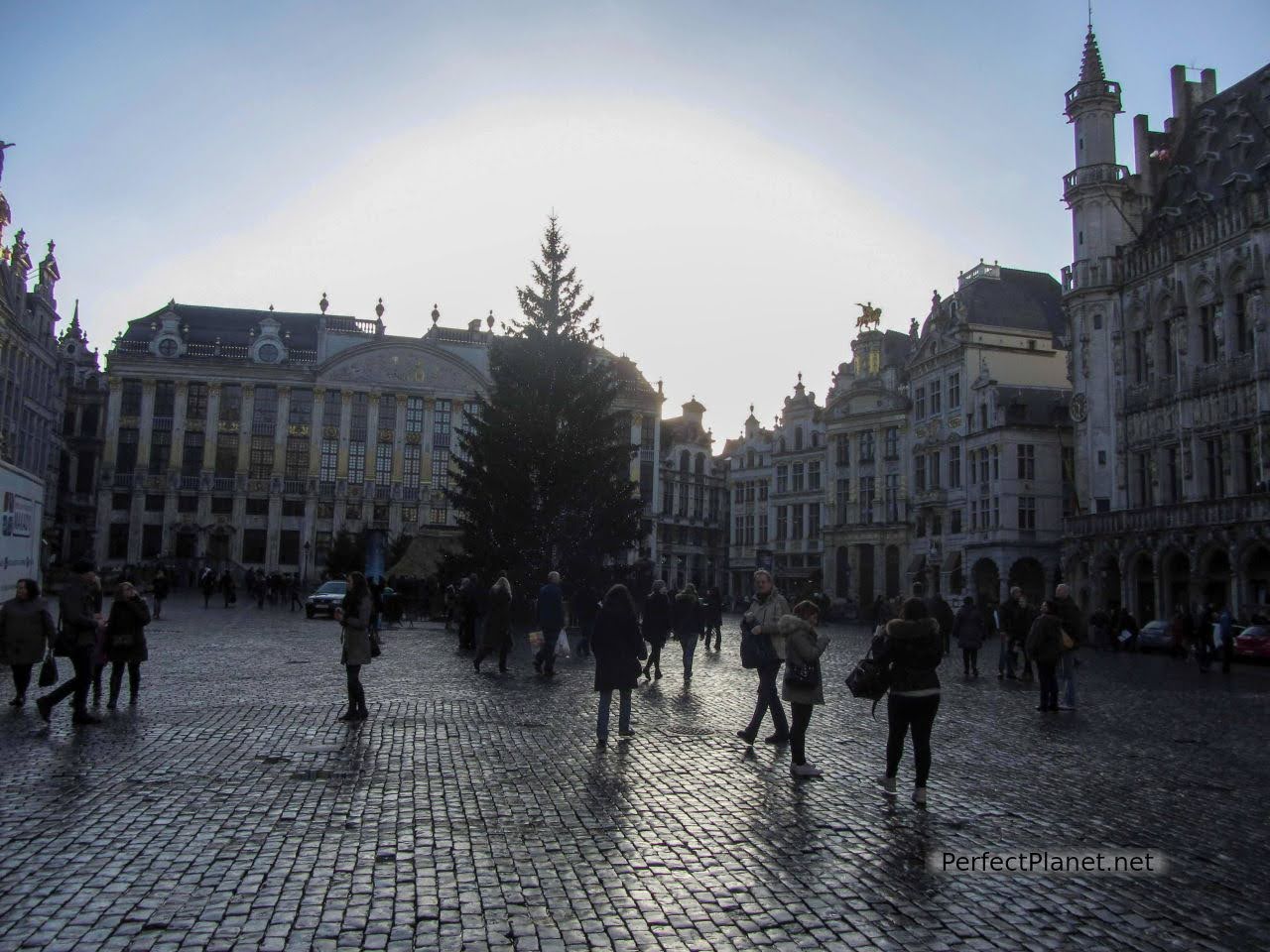
Grand Place
From Zaventem Airport the most interesting way to get there is by train. It is fast and cheap and takes about twenty minutes.
By train. As long as you start from a nearby city, the train is for us the best way to travel. It's fast and comfortable. It is also a very good option if you want to travel to other Belgian cities such as Bruges, Ghent or Amberes.
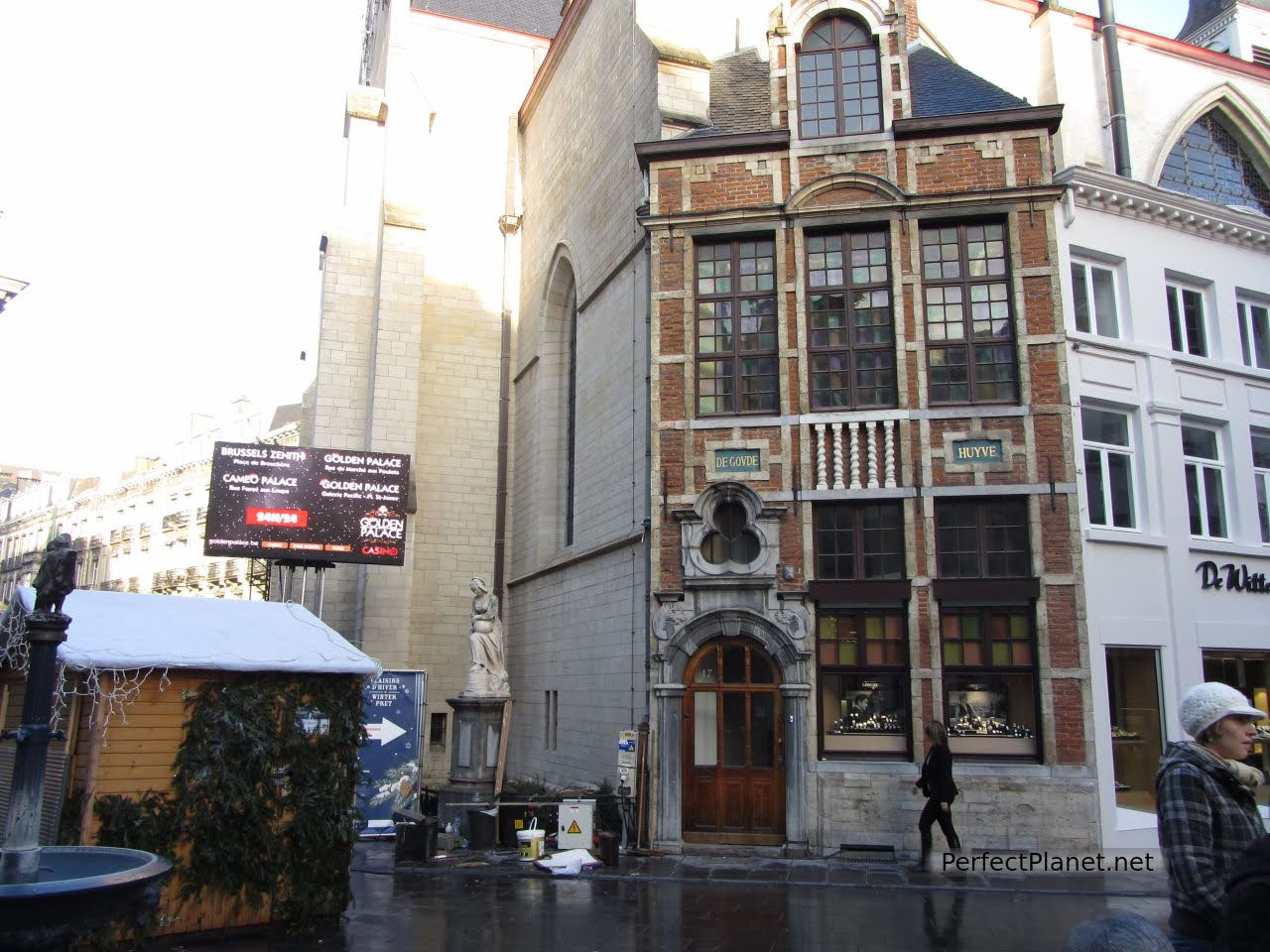
Brussels
By bus. Although the distance from Spain is considerable, Flixbus finds the best routes between various cities in Spain and Brussels.
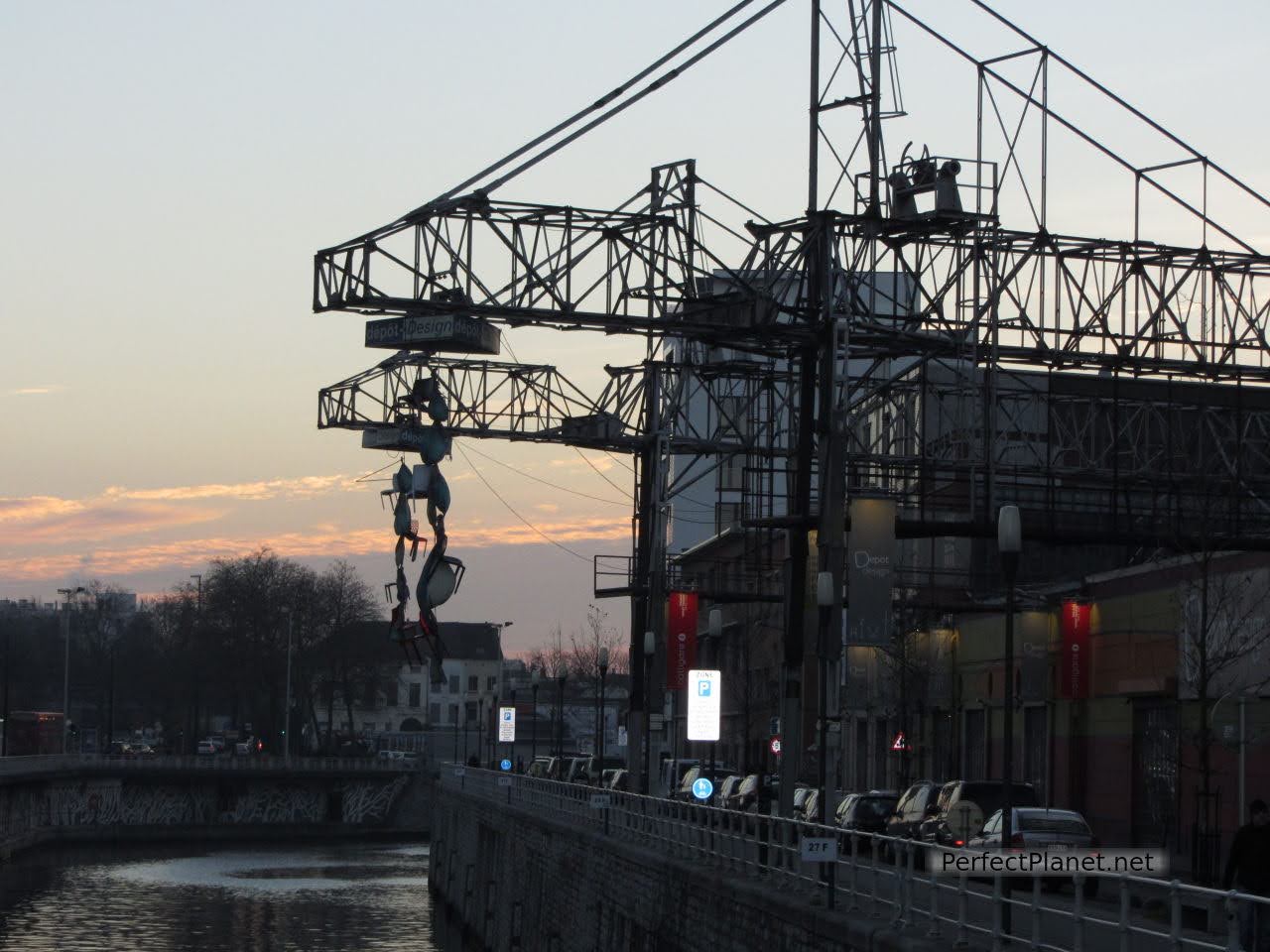
Bruxelles Charleroi Canal
Accommodation
There is a wide range of hotels in Brussels with prices to suit all budgets.
We stayed at the Meininger Hotel City Center located on Quai du Hainaut next to the Bruxelles Charleroi canal.
It is located in a former brewery from 1912. It has an industrial character but is cosy, cheap and very well located. You can walk to the Grand Place (15 minutes).
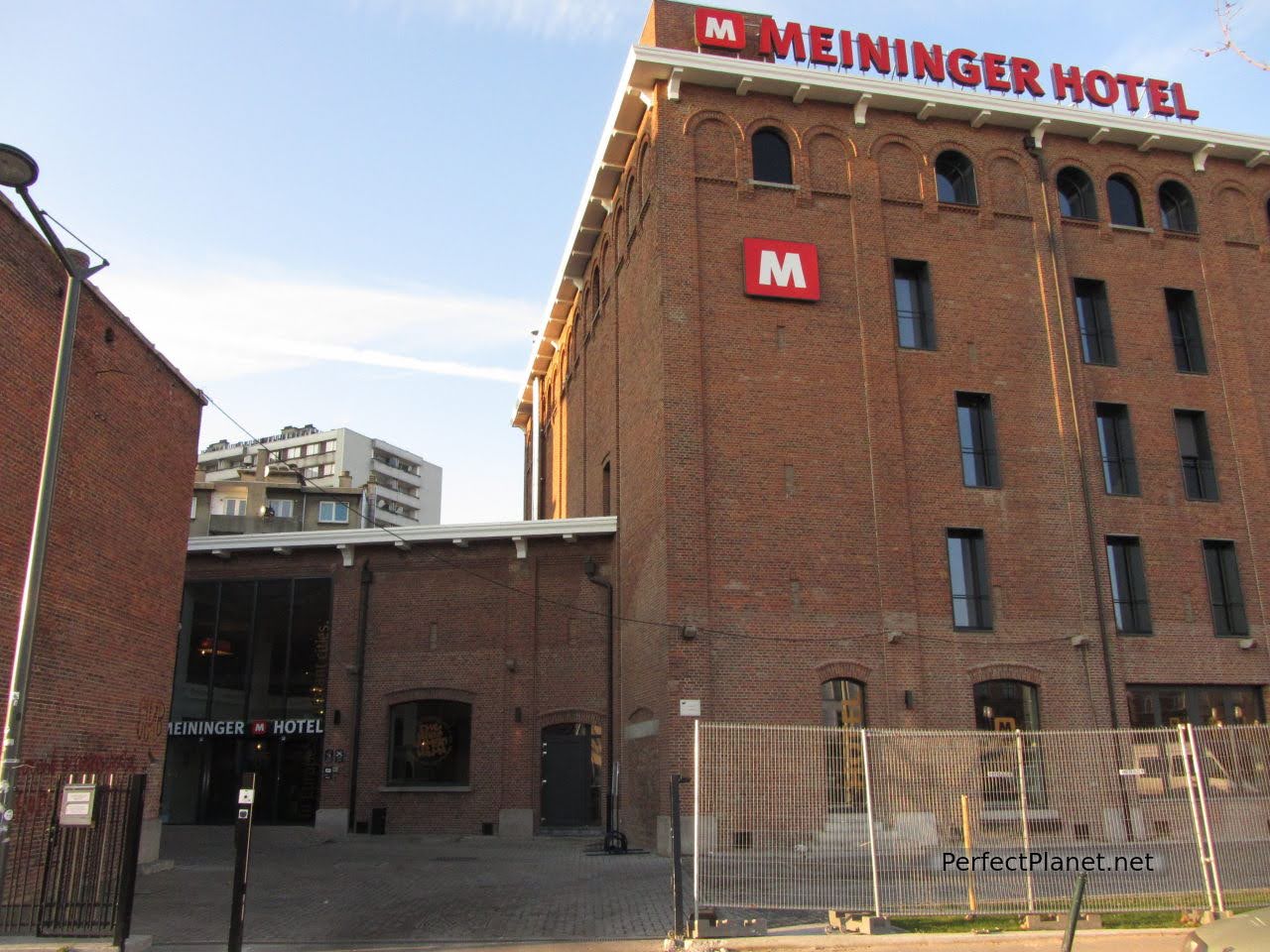
Meiniger Hotel City Center
Gastronomy
Belgian gastronomy includes dishes not to be missed, such as the famous Belgian waffles, chocolates or the curious combination of mussels and fries, which, oddly enough, is a delicacy.
Belgium is also famous for its beer. So much so that Belgian beer has become an Intangible Heritage of Humanity, enabling beer tourism to grow throughout the country. Its origins probably date back to the 6th century in the monasteries of the Benedictine order, whose brews included herbs and fruits for brewing beer.
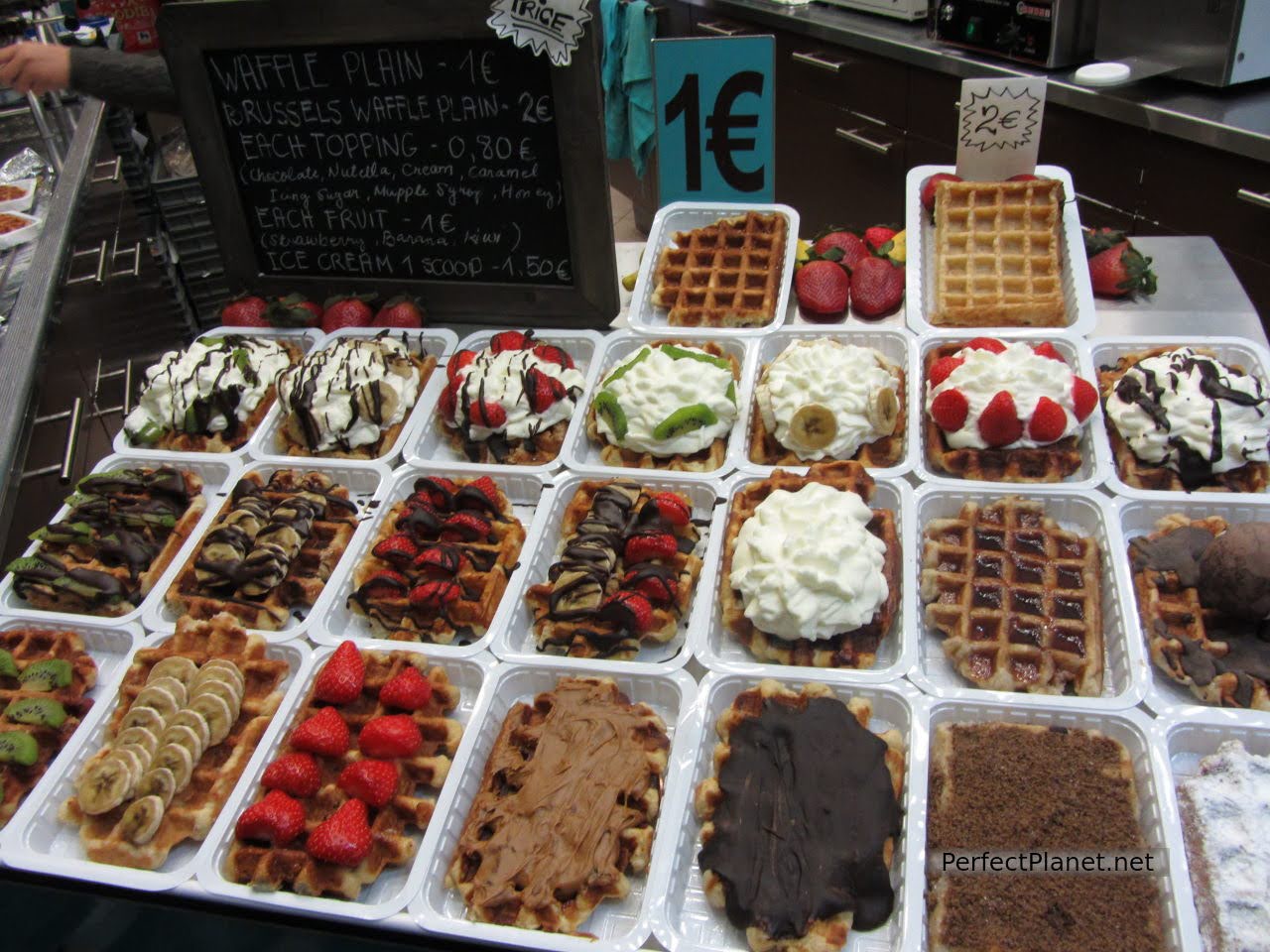
Waffles
Belgian beer is fermented in three ways: bottom fermentation (more recent), top fermentation (more traditional) and spontaneous fermentation, typical of the Brussels region. So if you find this world of beer as interesting as we do, we recommend you (as well as tasting it) to visit the Beer Museum in Brussels.
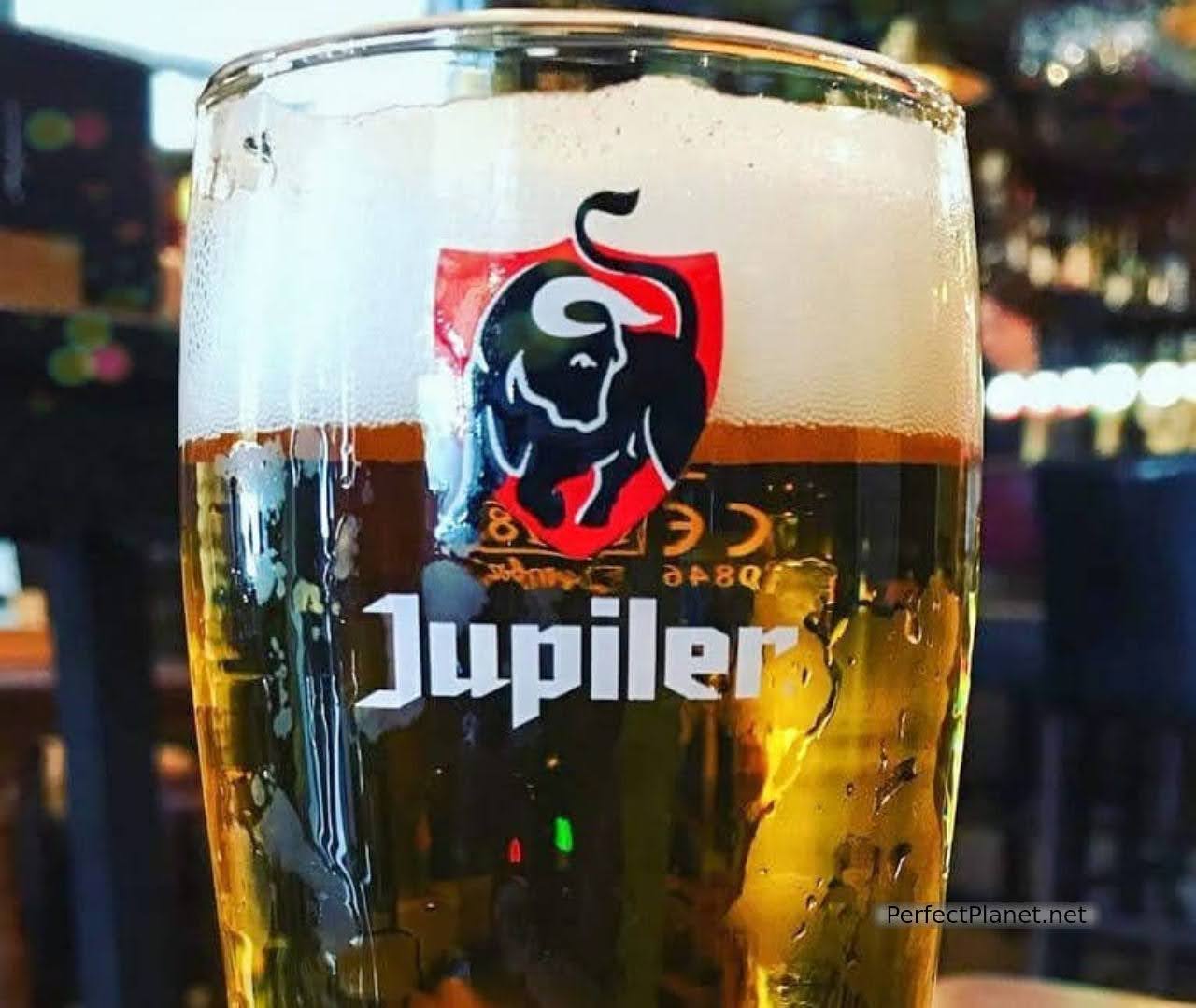
Jupiler
Probably when you arrive at a brewery you won't even know where to start as some of them have more than two hundred different beer options, so our advice is not to choose the most famous ones (Hoegaarden or Leffe) that you can find almost anywhere else in the world and focus on the strongest ones, Trappist, brewed in abbeys such as Rochefort or the spontaneously fermented lambic, sometimes with added fruit, not suitable for beginners, such as Cantillon or Lou Pepe.
Jupiler is the perfect choice to alternate if you like your beers weak.
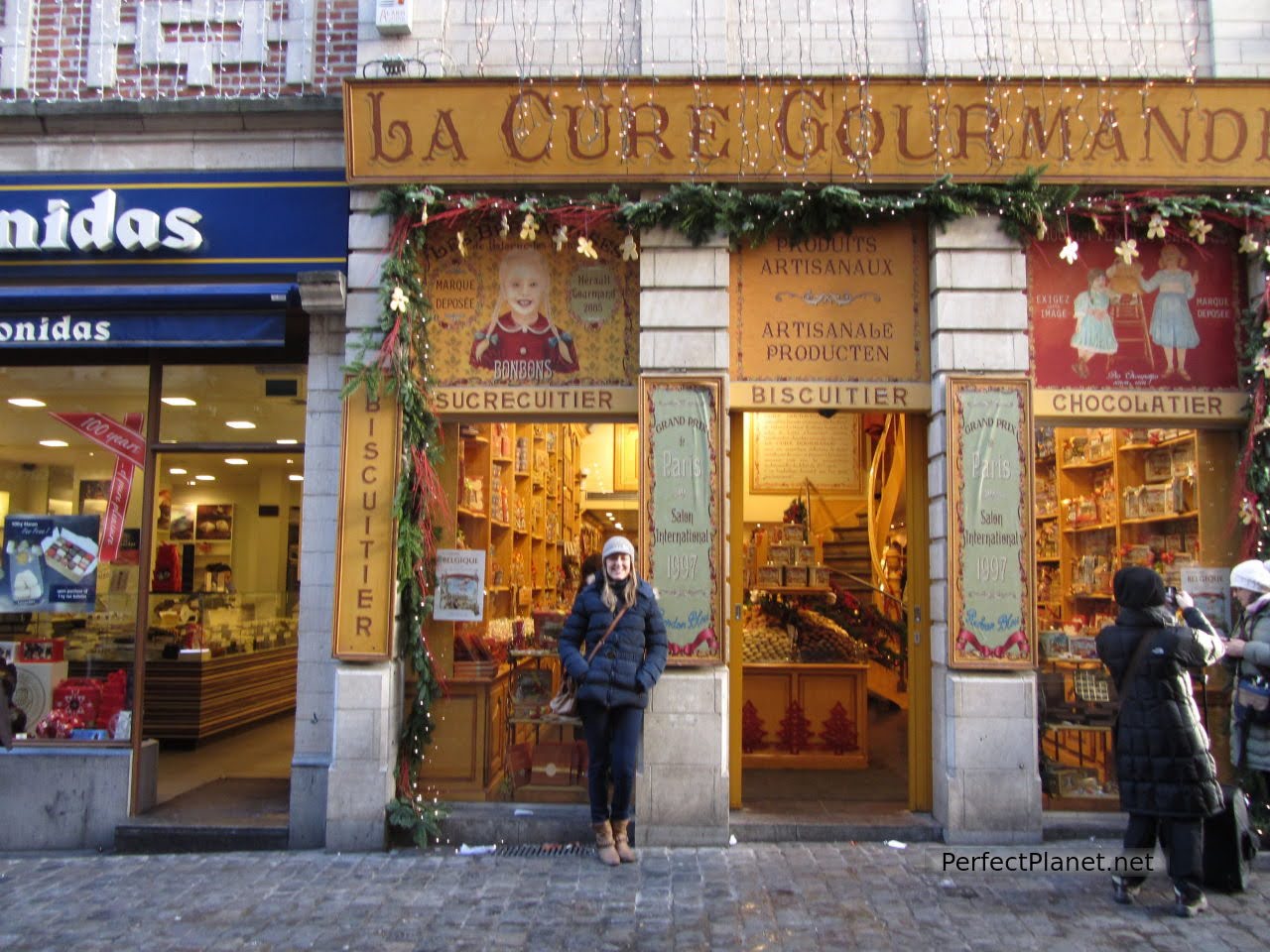
Chocolate shop
Belgian chocolate is another of the wonders of this country, especially if you visit the Flanders area, where the main factories are located. Godiva, Leonidas and Cote D'or delight young and old alike, and it's impossible not to try them and bring back some as a souvenir.
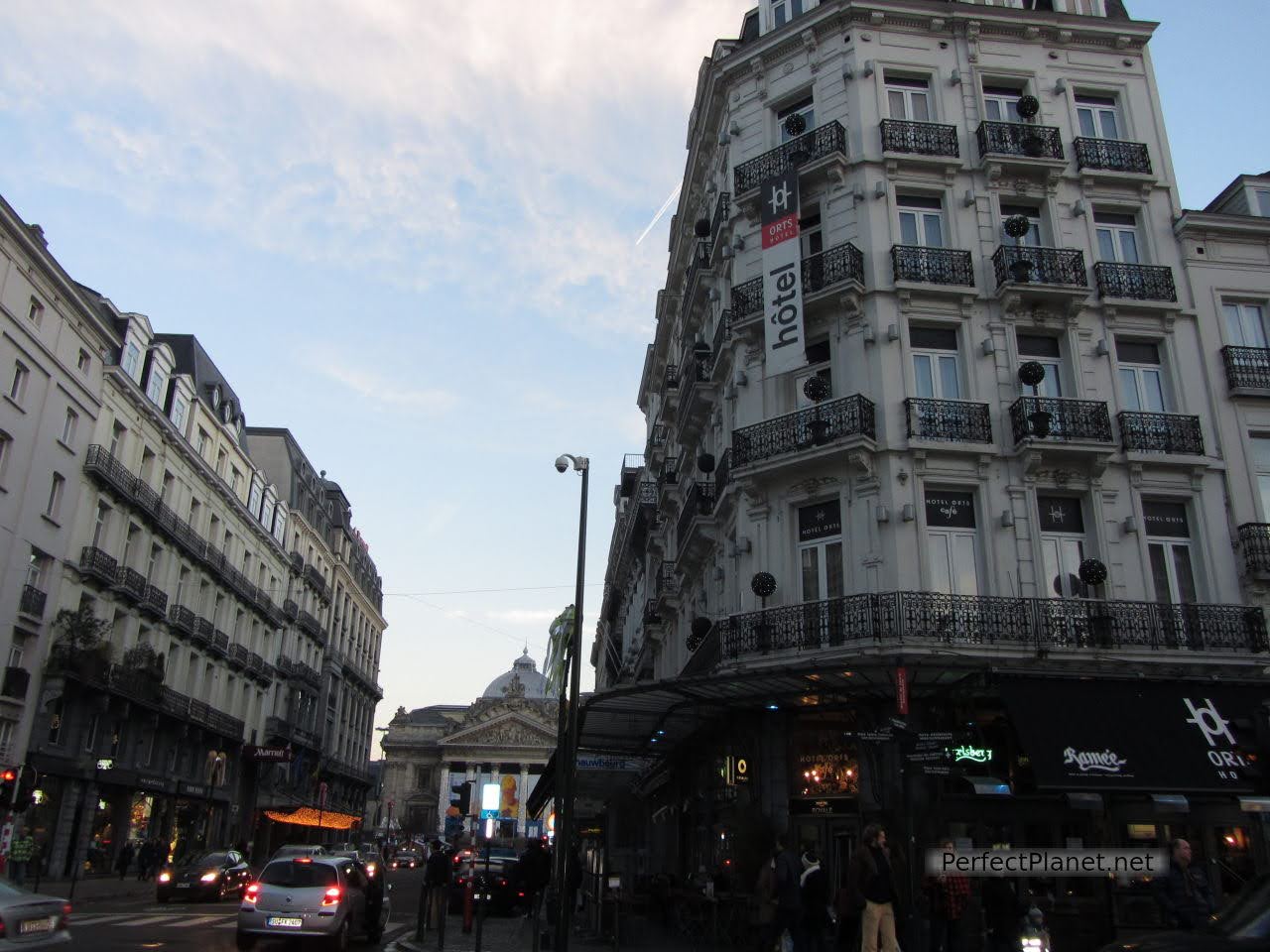
Brussels
What to see in Brussels in two days. Must-see
Grand Place
In the heart of Brussels is the city's most famous square, where the 15th-century City Hall and the guild houses stand out.
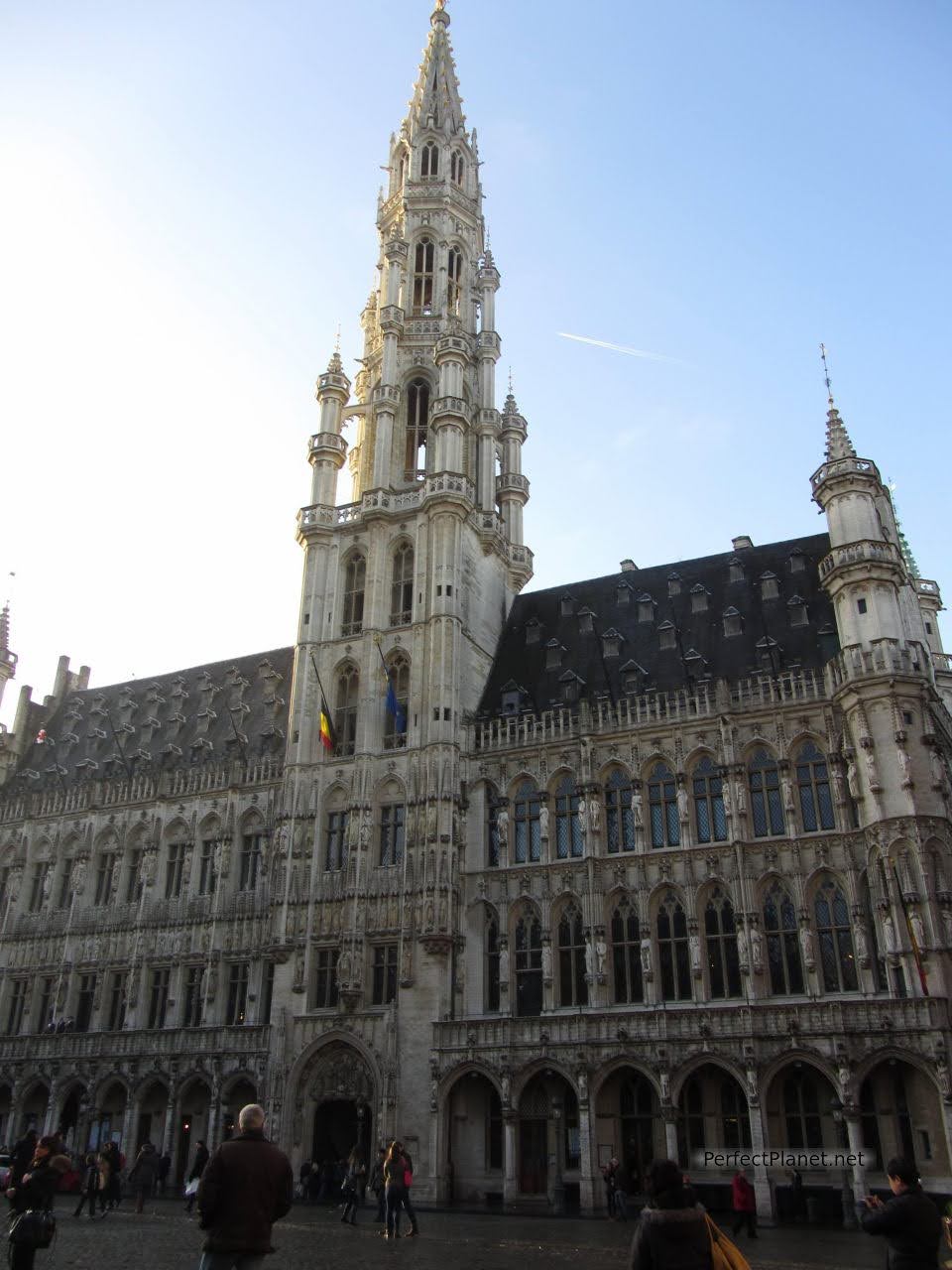
City Hall
The asymmetrical façade of the City Hall is the first thing you'll notice, and now houses the tourist office.
If you're lucky, you can see the halberdiers, ancient medieval soldiers (they carried a weapon up to two metres long!) who now act as bridal escorts in the wedding halls of Brussels City Hall.
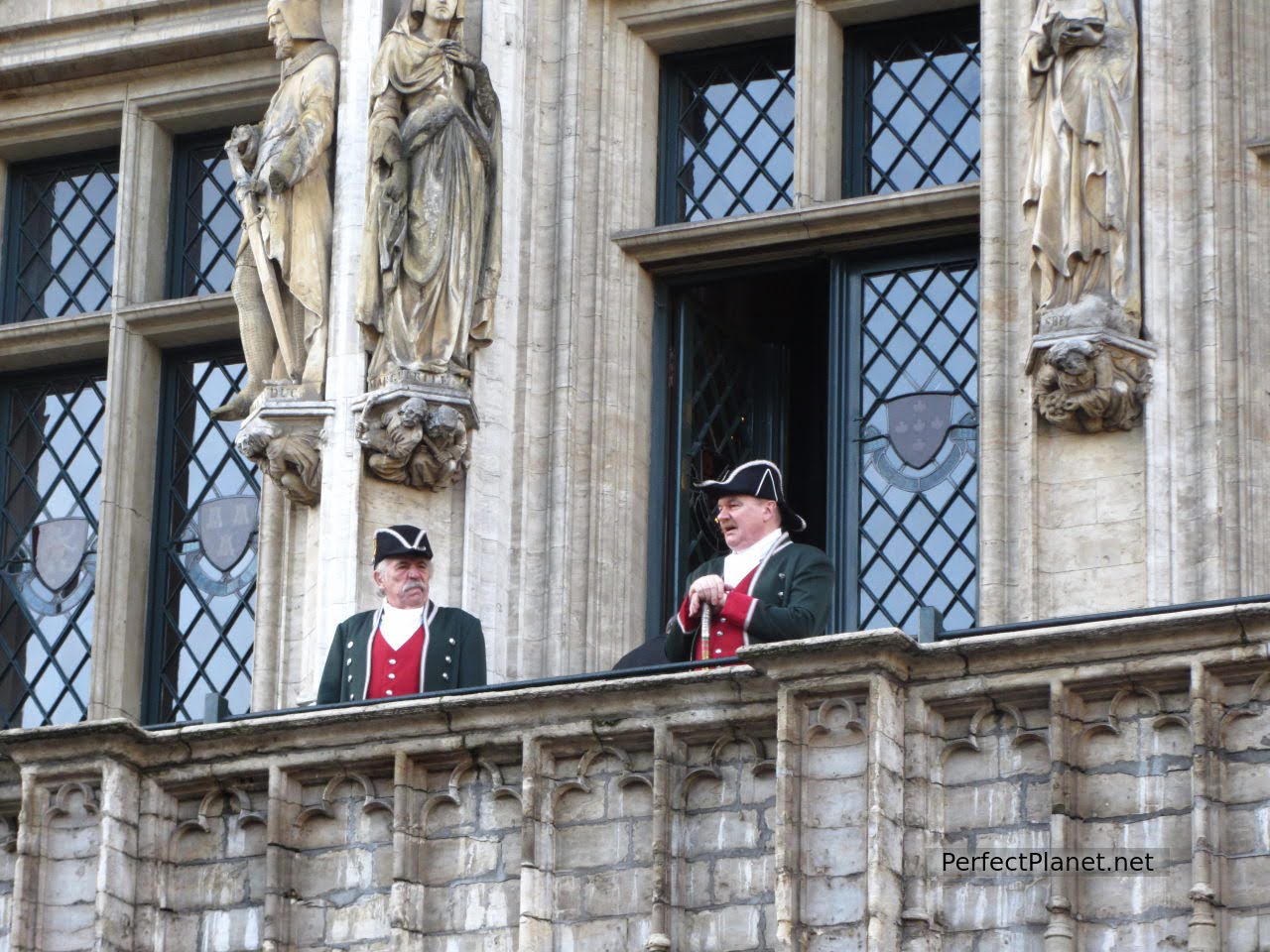
The halberdiers
The Grand Place is a must-see both day and night. There's a great atmosphere that spills over into the lively neighbouring streets. You can enjoy a good beer in the bars and restaurants on the square, and at Christmas there is a very interesting flea market.
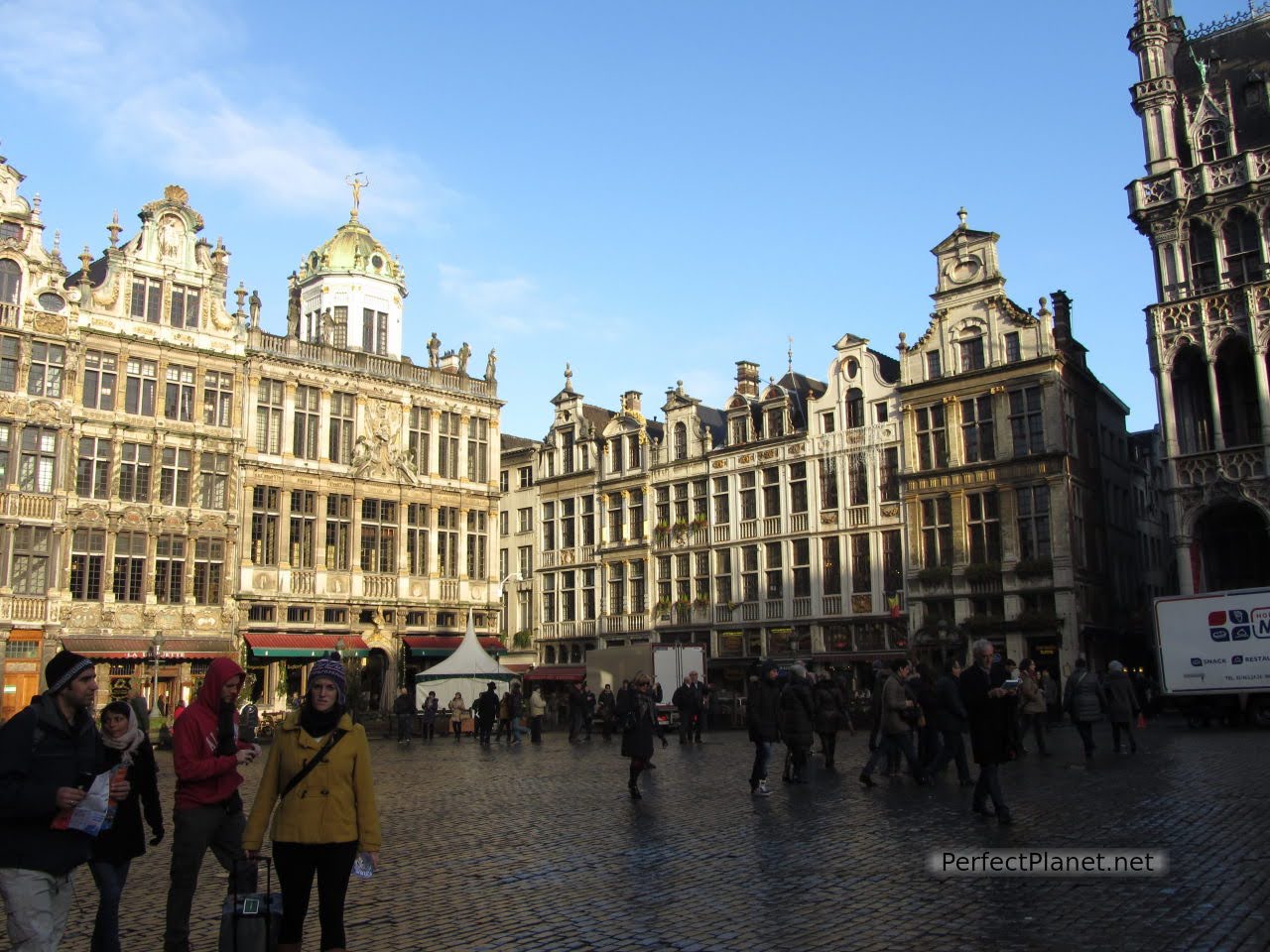
Guild houses
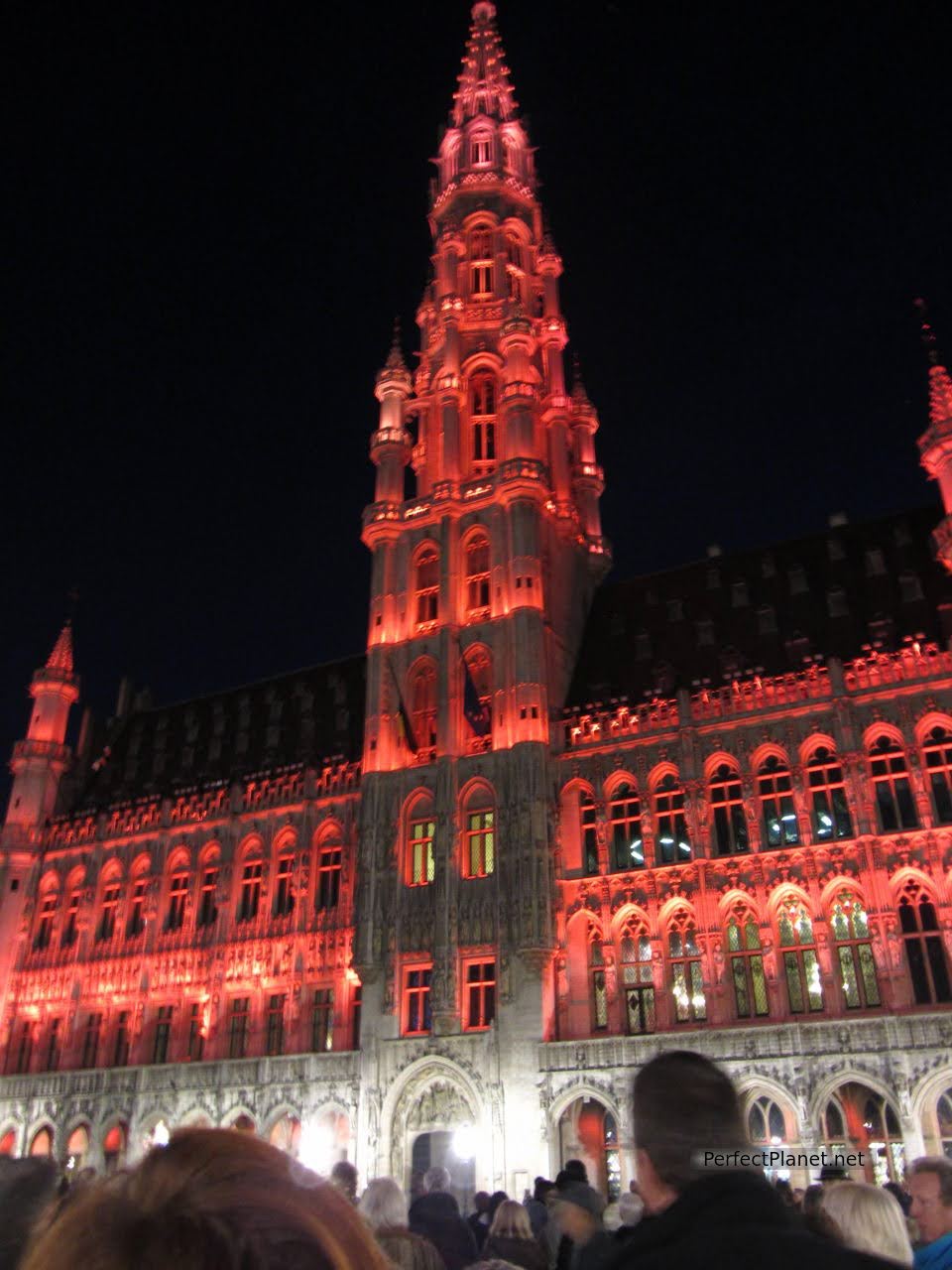
City Hall at night
The City Museum or Maison du Roi is another must-see on the Grand Place. This neo-Gothic building houses a large part of the city's heritage, including tapestries, paintings and models.
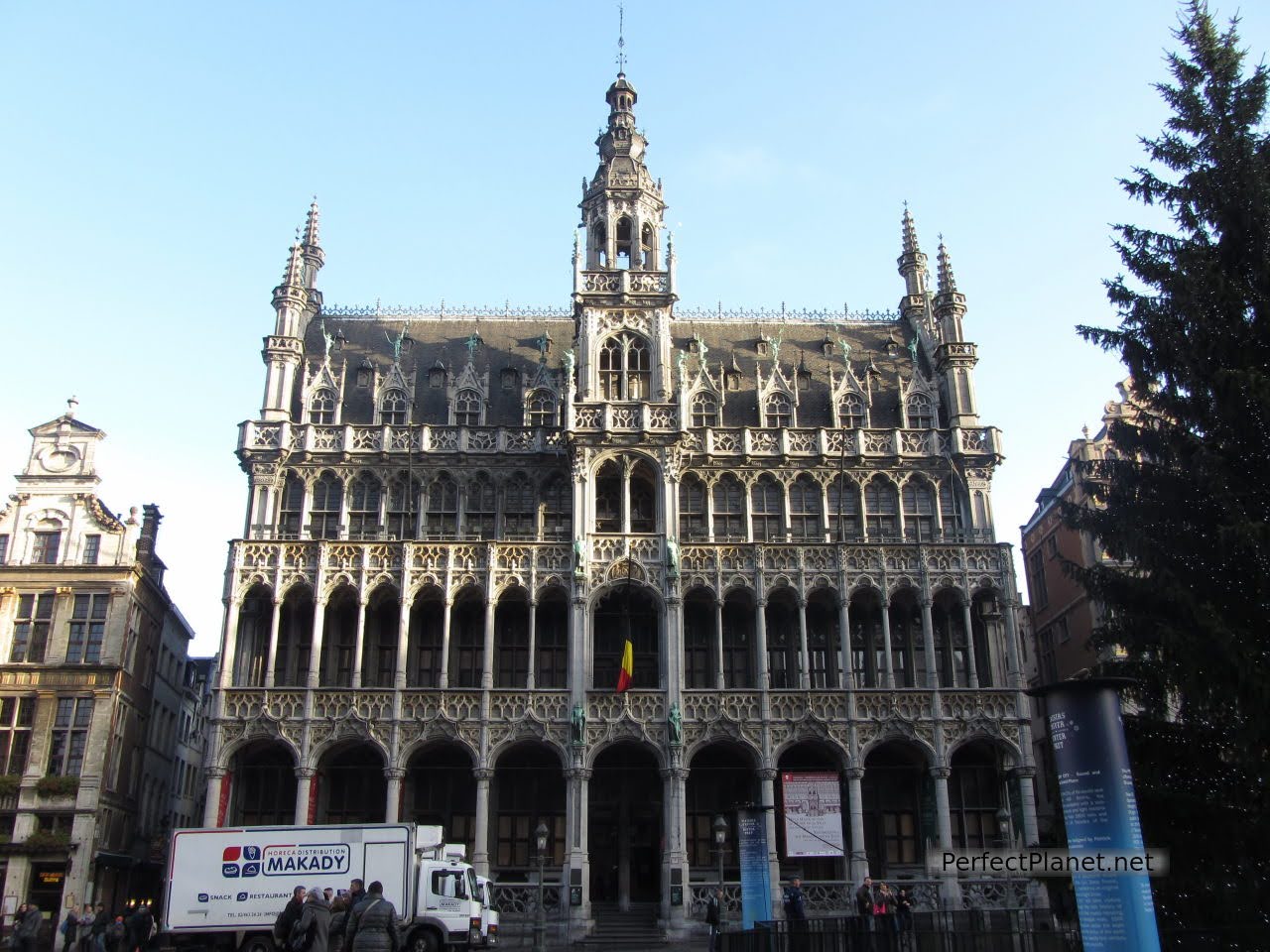
City Museum
Manneken Pis
Very close to the Grand Place between the streets L'Etuve and Chene is this small sculpture that is so representative of Brussels. It depicts a naked boy urinating in the basin of a fountain.
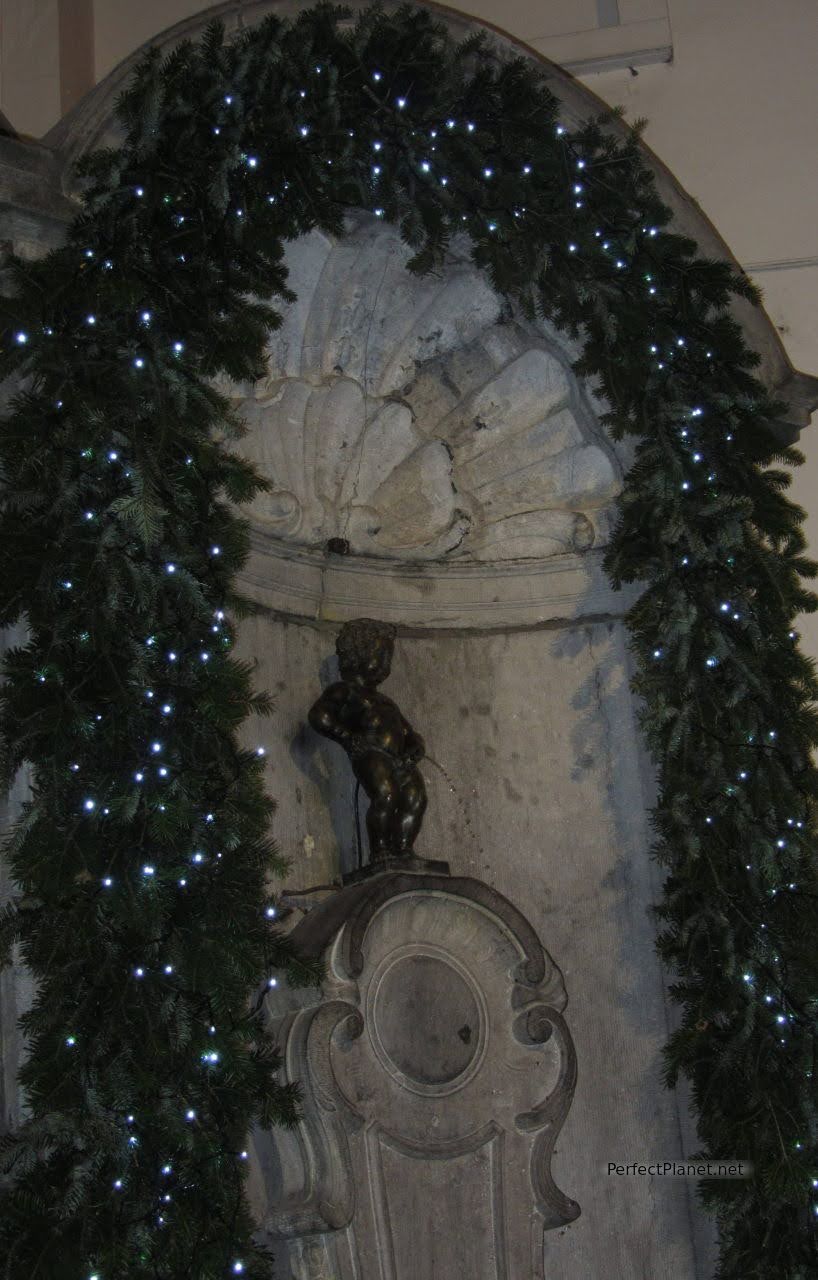
Manneken Pis
Jeanneke Pis
Close to the Grand Place is also the female version of the Manneken Pis. It is located on Impasse de la Fidélité next to the Delirium Tremens brewery, the most famous brewery in the city.
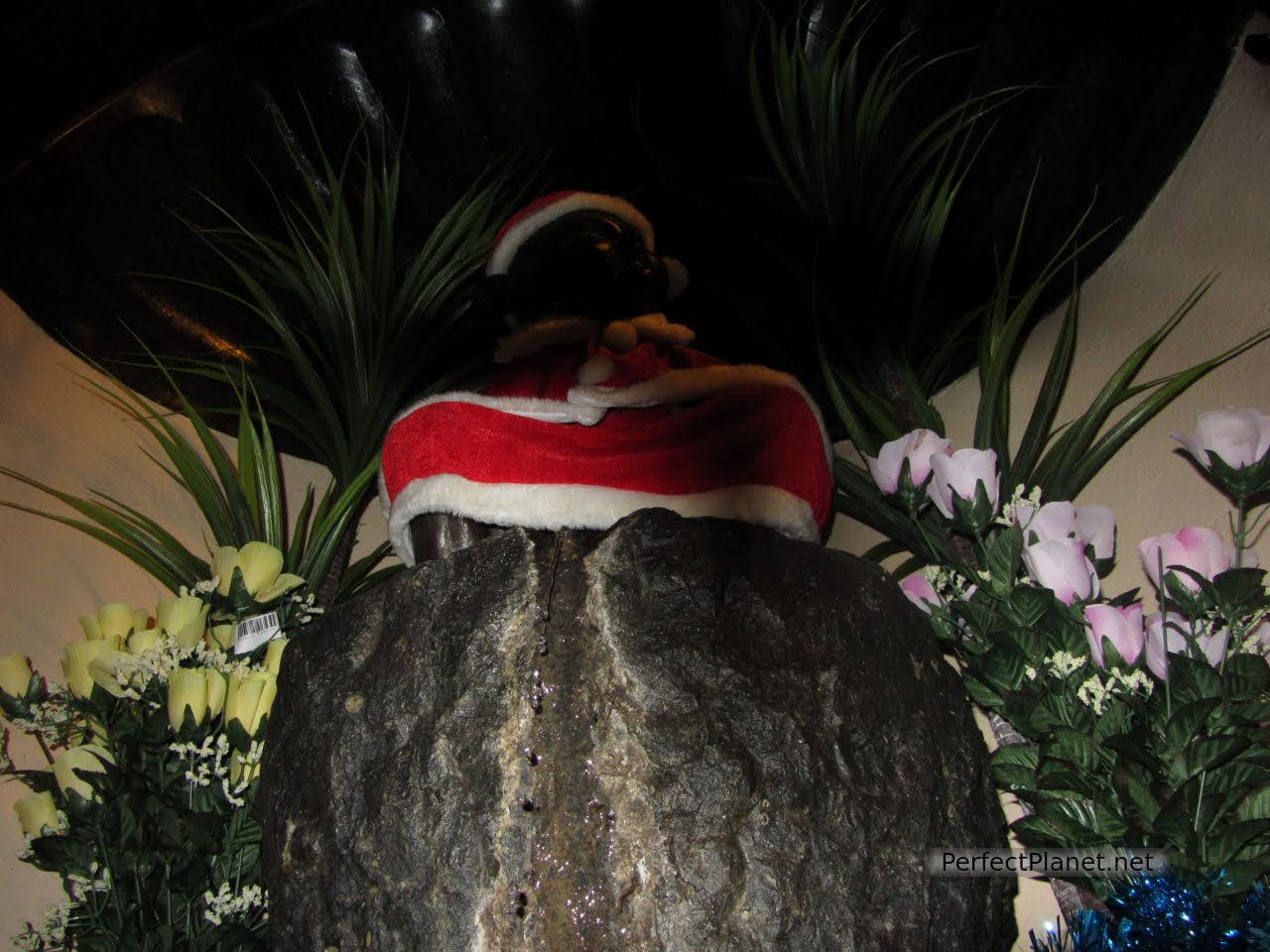
Jeanneke Pis
Galeries Saint Hubert
The Galeries Saint Hubert were the first shopping arcades in Europe and date back to the mid-19th century. With exclusive shops, cafés and restaurants, they are pleasant to stroll through. They connect the Grand Place with the Théâtre de la Monnaie area.
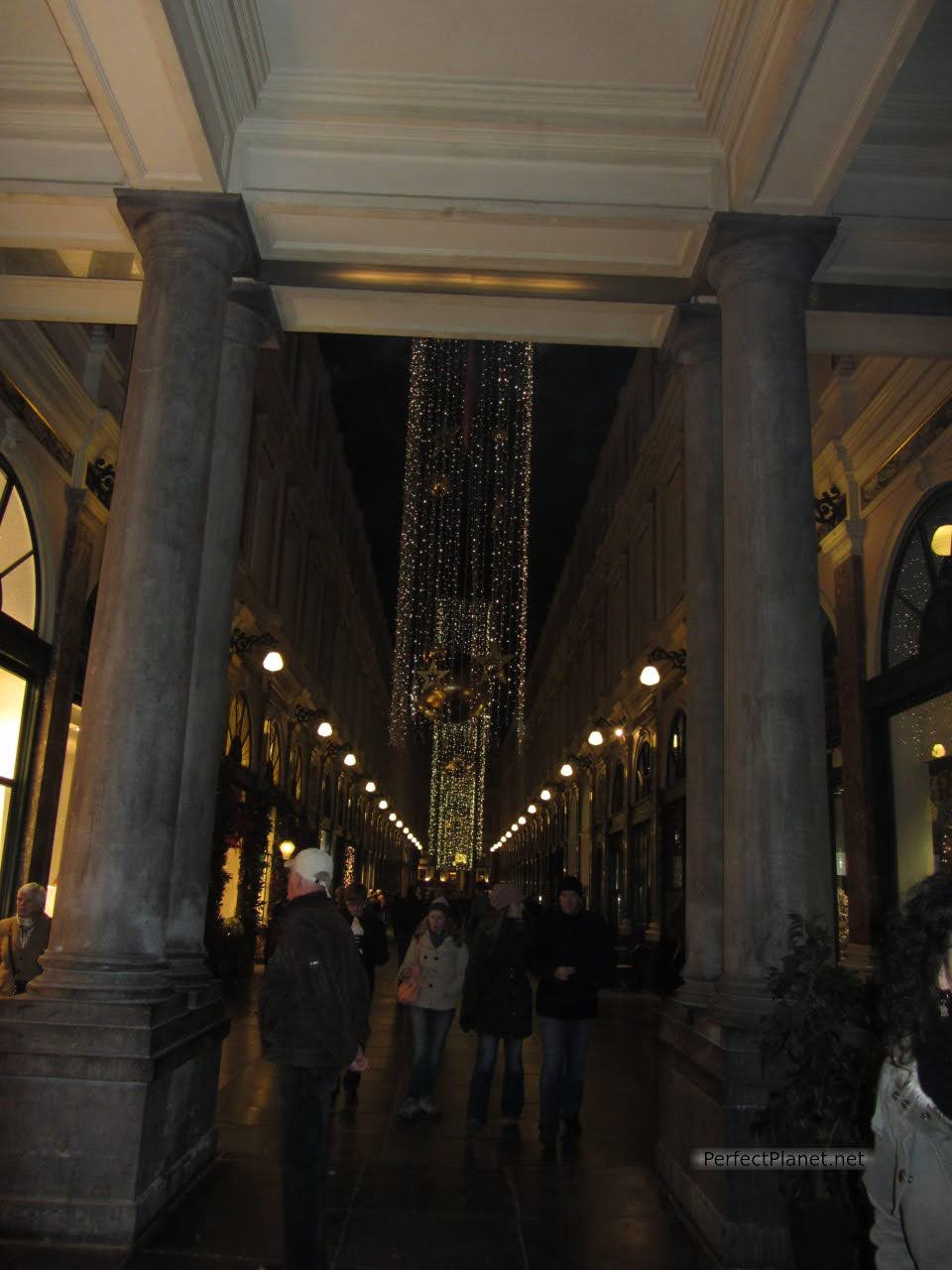
The Galeries Saint Hubert
Brussels Cathedral
Dedicated to St. Michael and St. Gudula, it is one of the most emblematic buildings. It dates from the 13th century in Gothic style on a Romanesque base. (Free entrance)
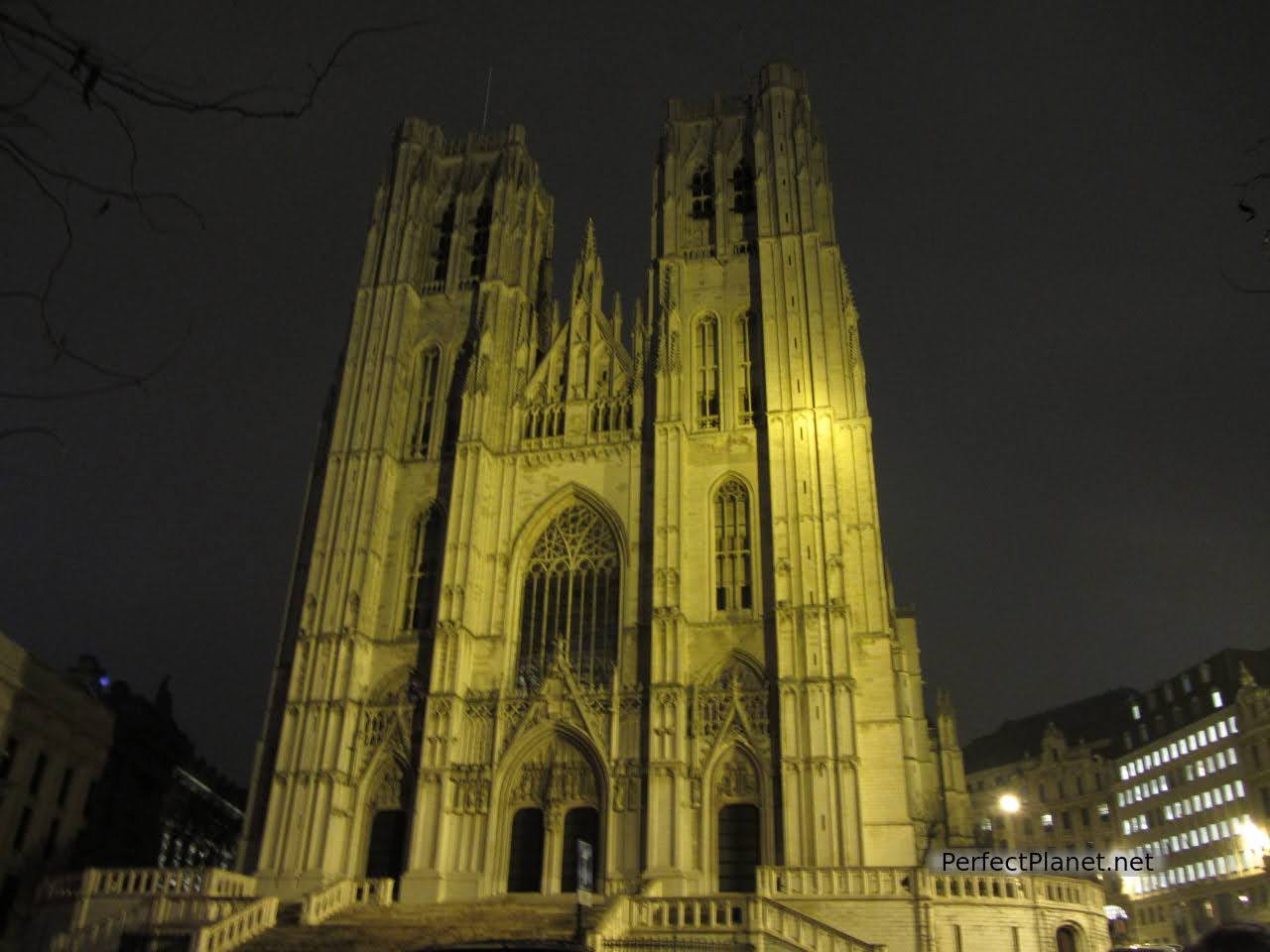
Brussels Cathedral
Royal Quarter
In the Royal Quarter you can enjoy the main museums of the city, the Mont des Arts, Palais Royal (seat of the monarchy) or the Palais de Justice (considered the largest building in the world at the end of the 19th century)
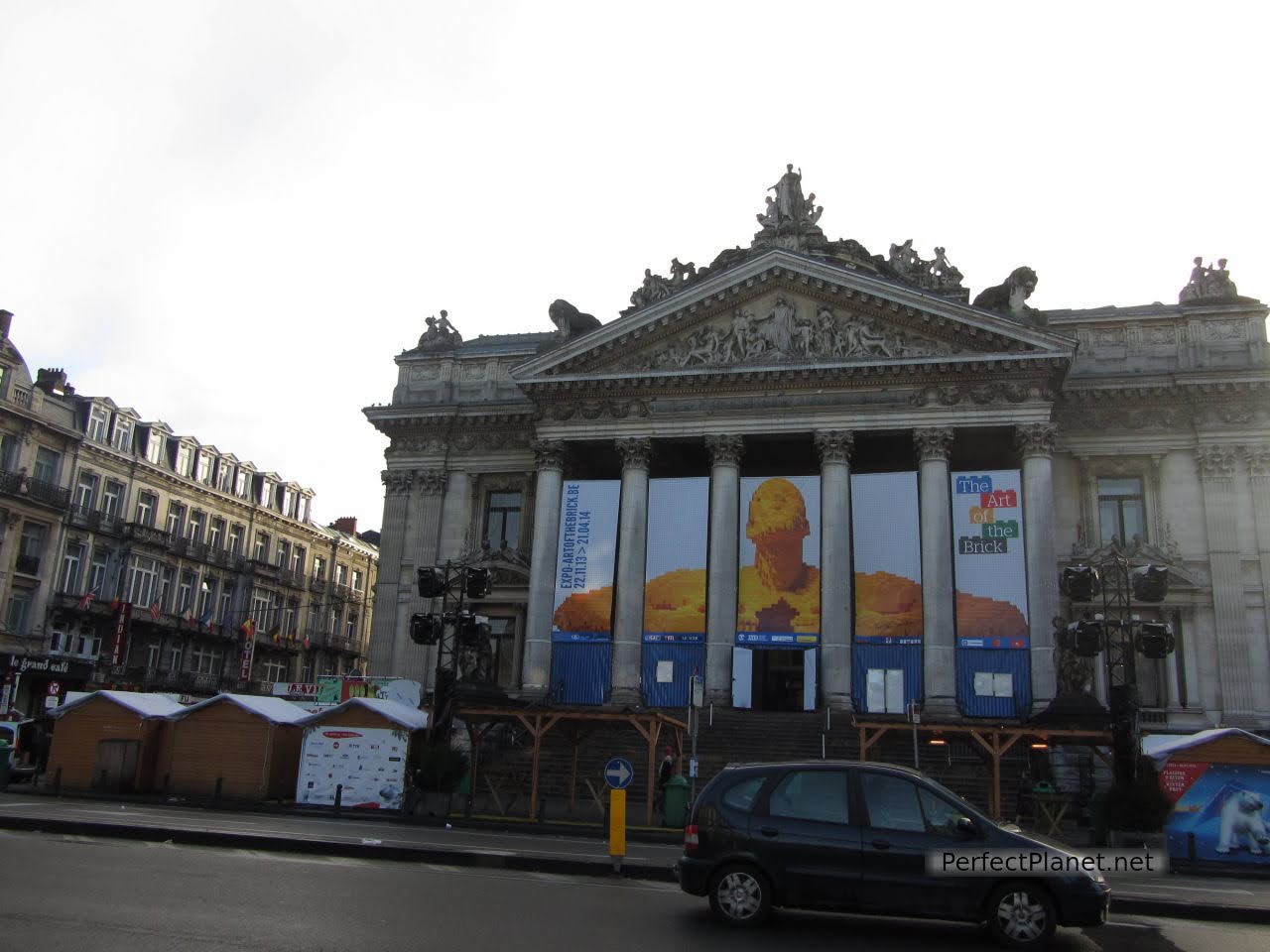
Museum
If you are interested in Belgian history, the BELvue Museum is the place to be. You can also visit the Magritte Museum, the Royal Museums of Fine Arts or the Museum of Musical Instruments (one of the city's most famous Art Nouveau buildings).
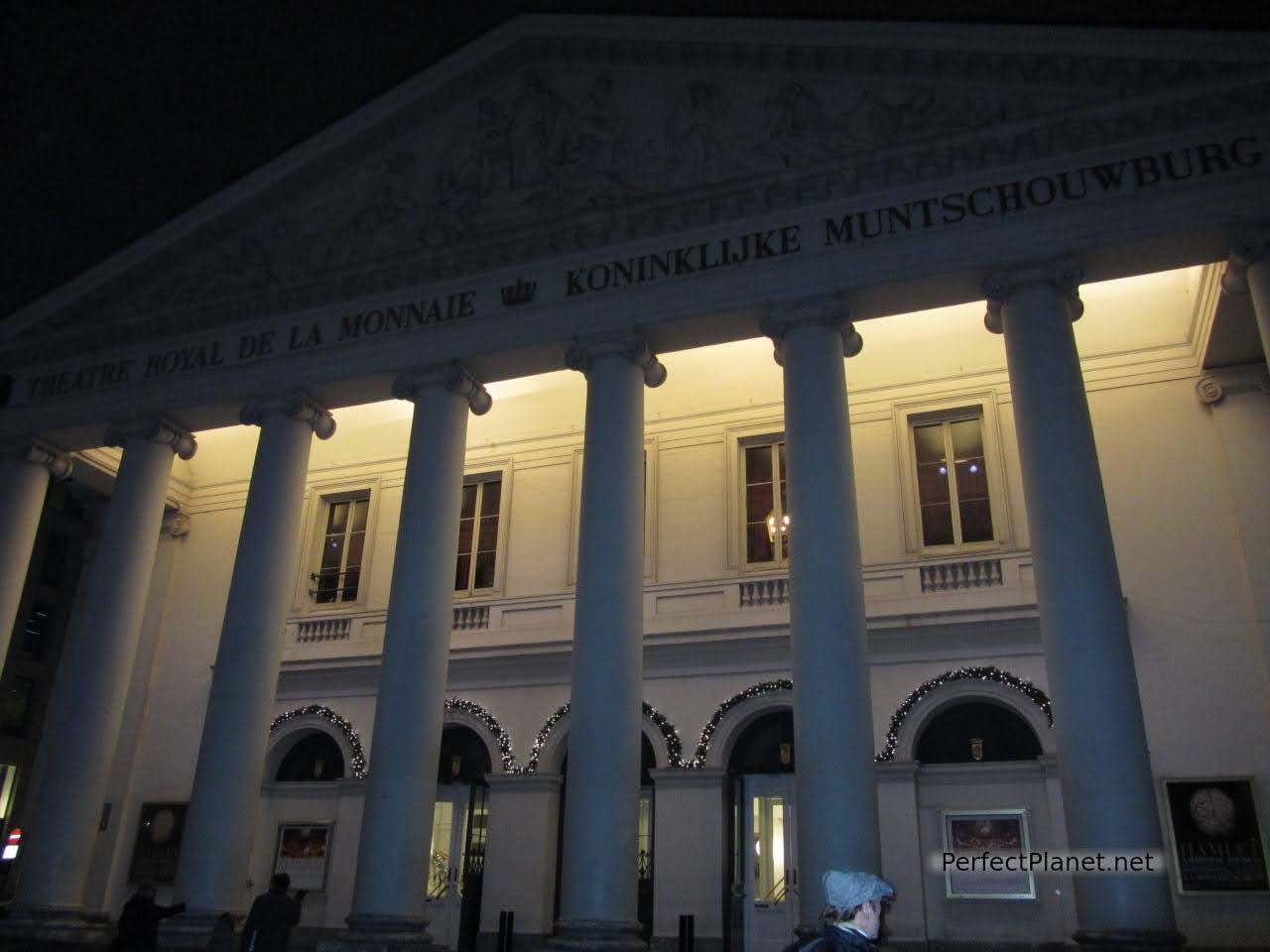
Royal Theatre
EU Quarter
In this neighbourhood you will find the centre of EU politics, with the Parliament and the Berlaymont building, which houses the headquarters of the European Commission, among others.
You can also visit the Cinquantenaire Palace (with a large triumphal arch) and the Park of the same name, with access to several art, history and automotive museums; the Brussels Park or the Leopold Park are also located in this area.
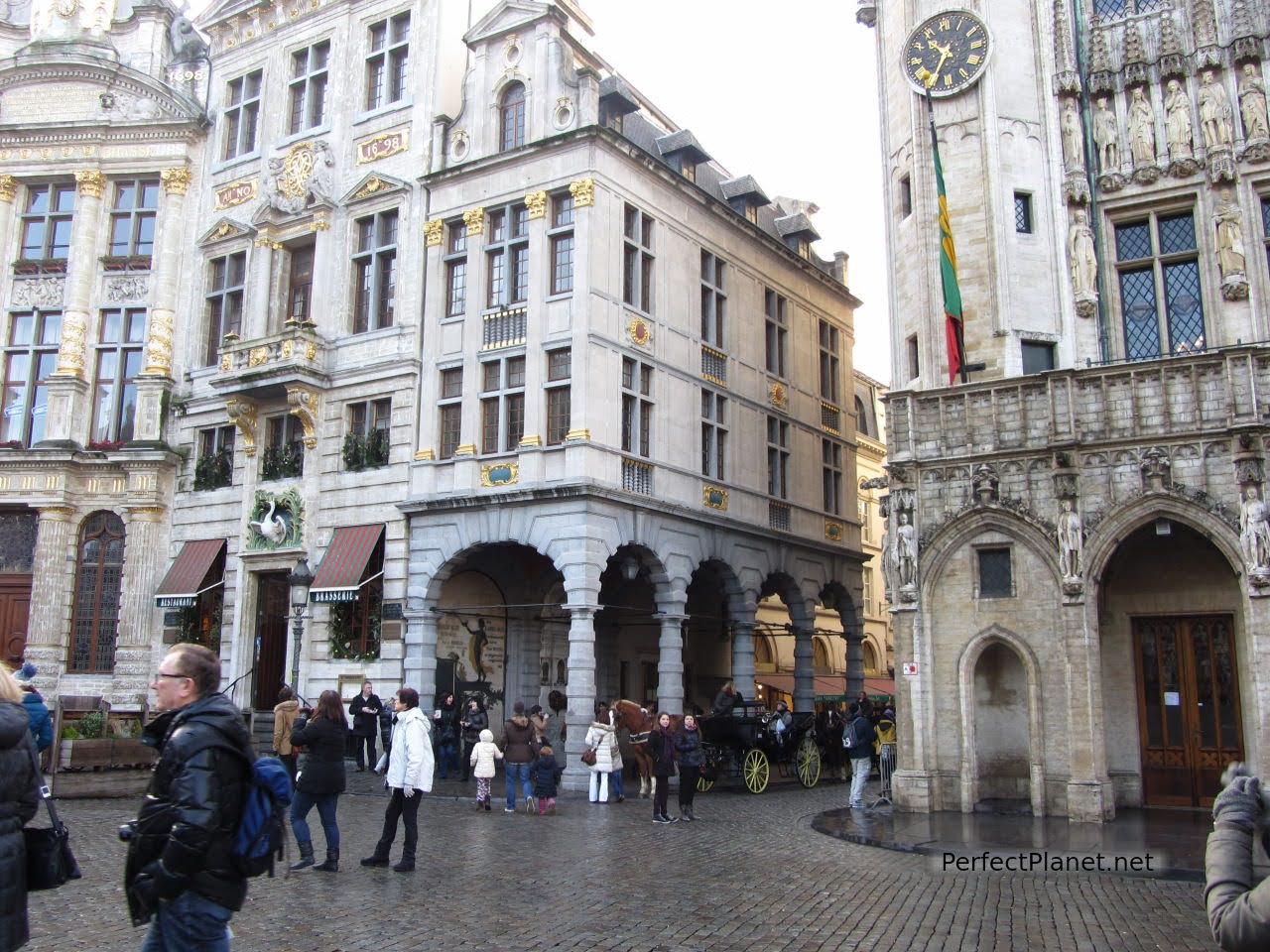
Grand Place
Atomium
The Atomium has become one of the symbols of Brussels. It represents an atom and was created for the Universal Exhibition of 1958. It is not worth going inside, but we recommend that you enjoy the area by strolling through Laeken Park, where original pavilions such as the Japan and China pavilions still remain. (Admission: 15€/pax approx.)
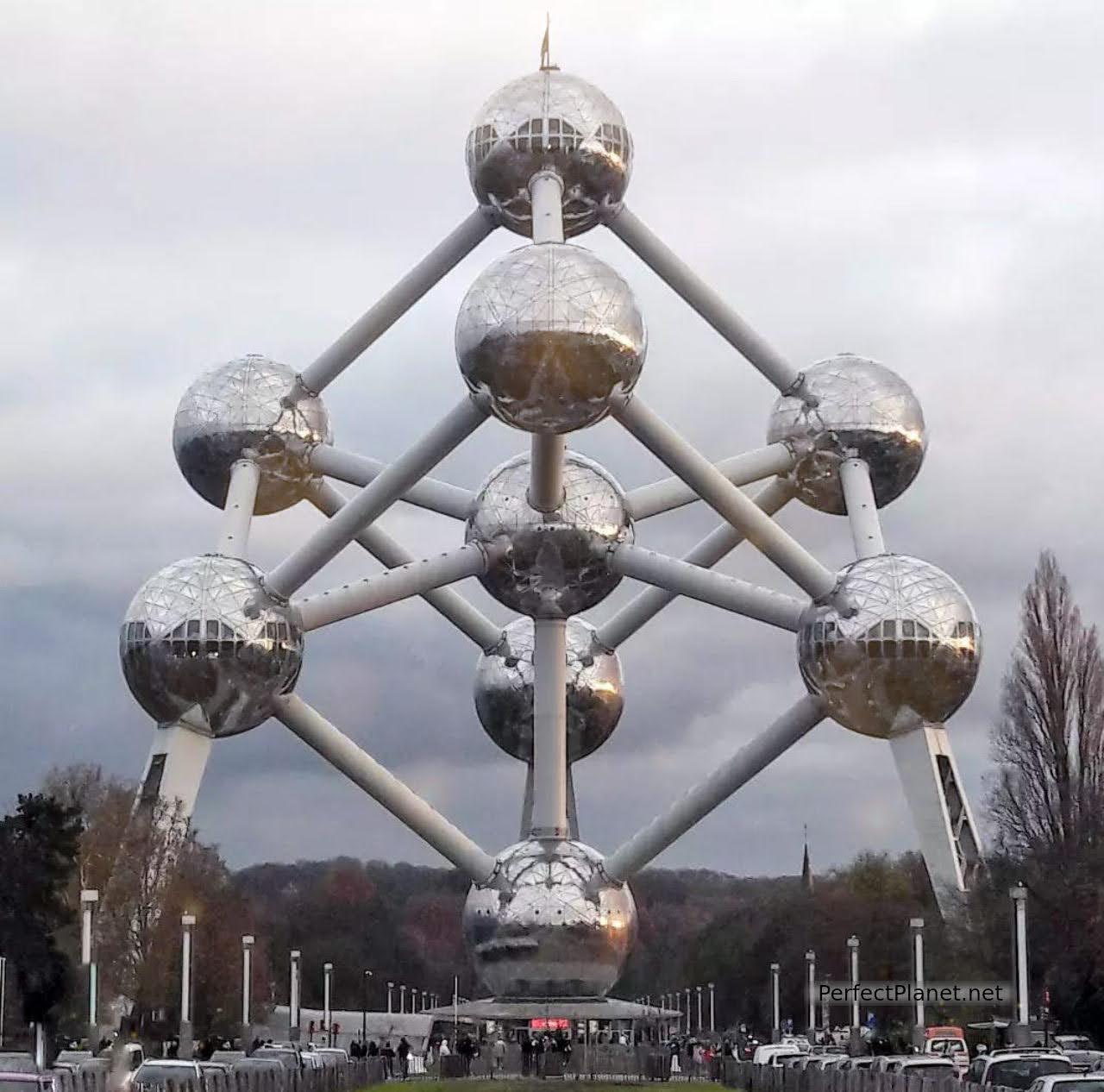
Atomium
Enjoying the Belgian night
Belgian nightlife starts much earlier than in Spain. Many of its most legendary pubs and bars are located in the Grand Place area, you can even have a beer in a boot!
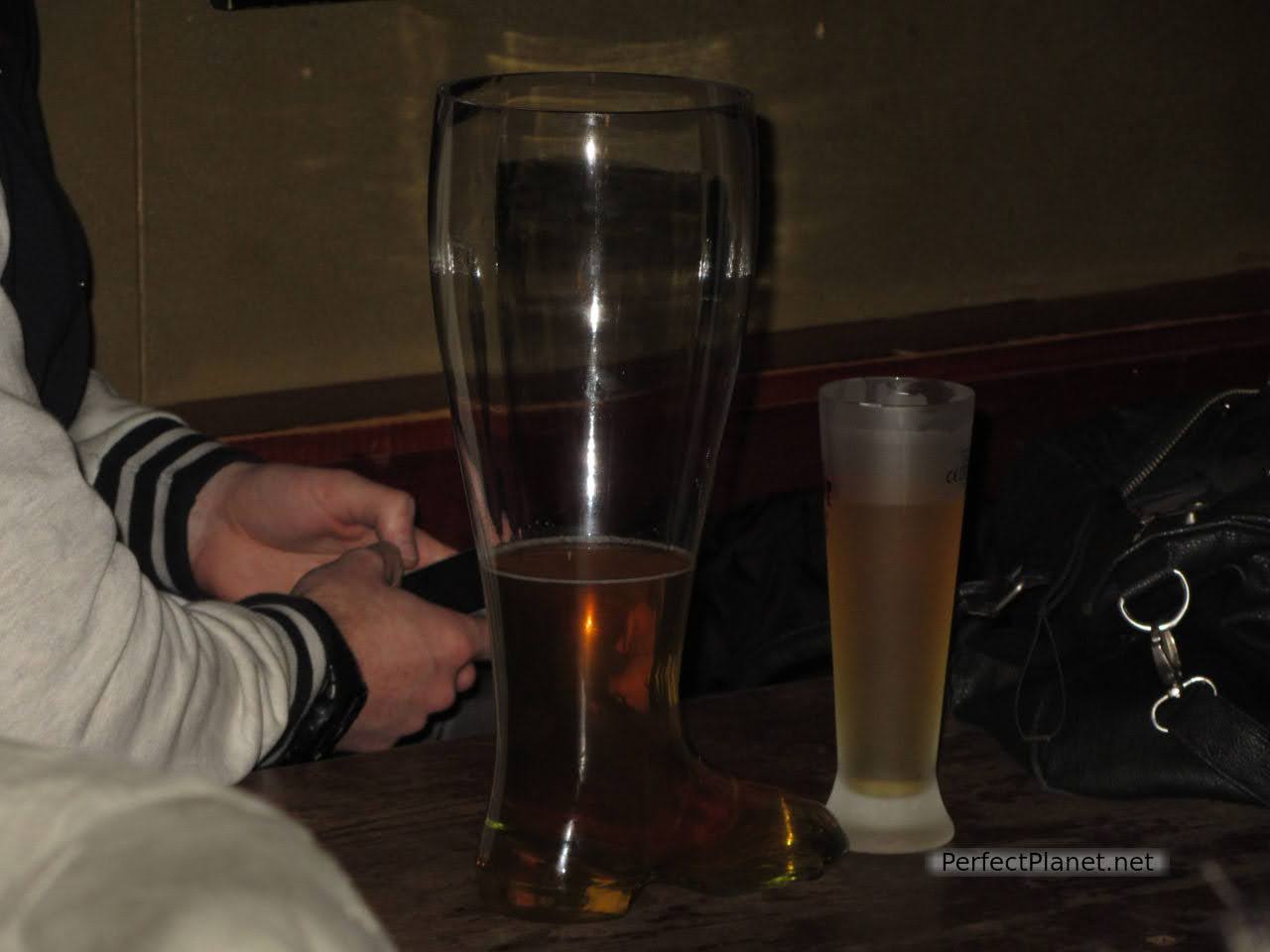
Beer in a boat
Delirium Tremens, next to Janneake Pis this bar is one of the most famous in the whole city. The variety of beers is immense and of course they offer the Delirium Tremens.
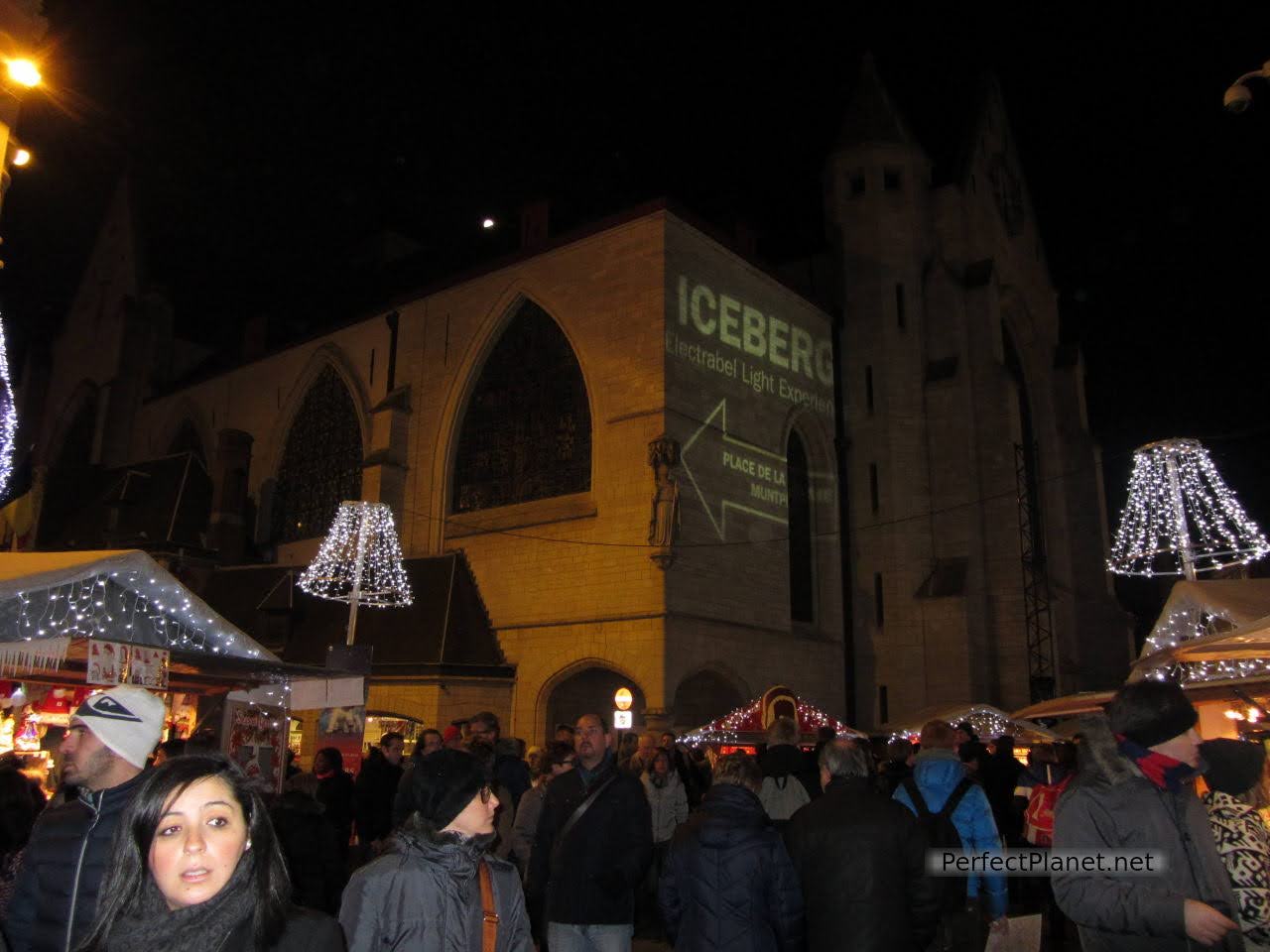
Brussels
Poechenellekelder, perfect for a snack and a good beer. Very close to Manneken Pis.
Le Cercueil. If you think you've seen it all, this bar will surprise you. Set in a gothic theme with rock music, skulls and wreaths decorate this pub, you can even have a beer on a coffin!
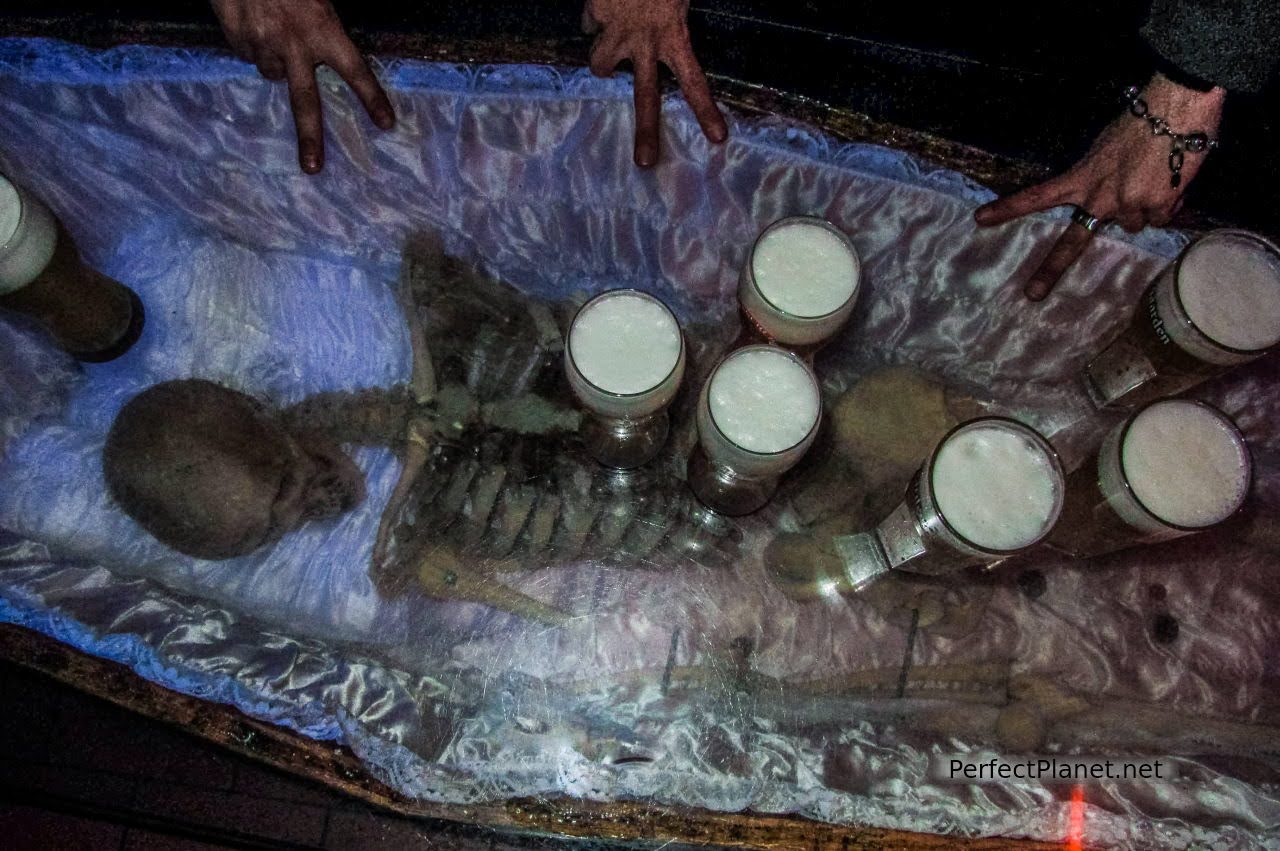
Le Cercueil
Dancing at Le Belgica or L'Archiduc.
Christmas Markets
If you have the opportunity to visit Brussels at Christmas time, don't miss the Christmas market next to the Stock Exchange Building and around the Grand Place with its imposing tree.
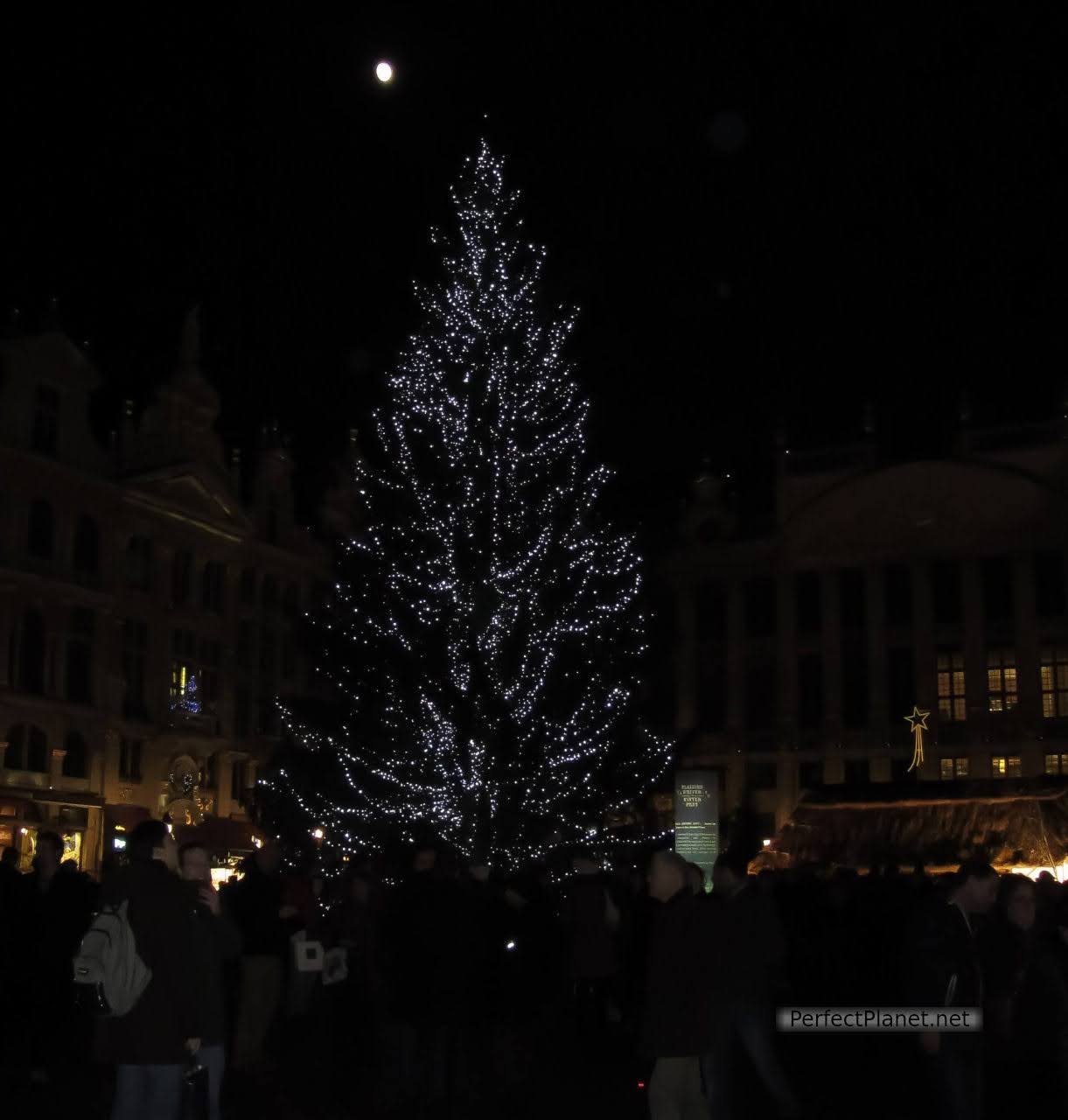
Tree in Grand Place
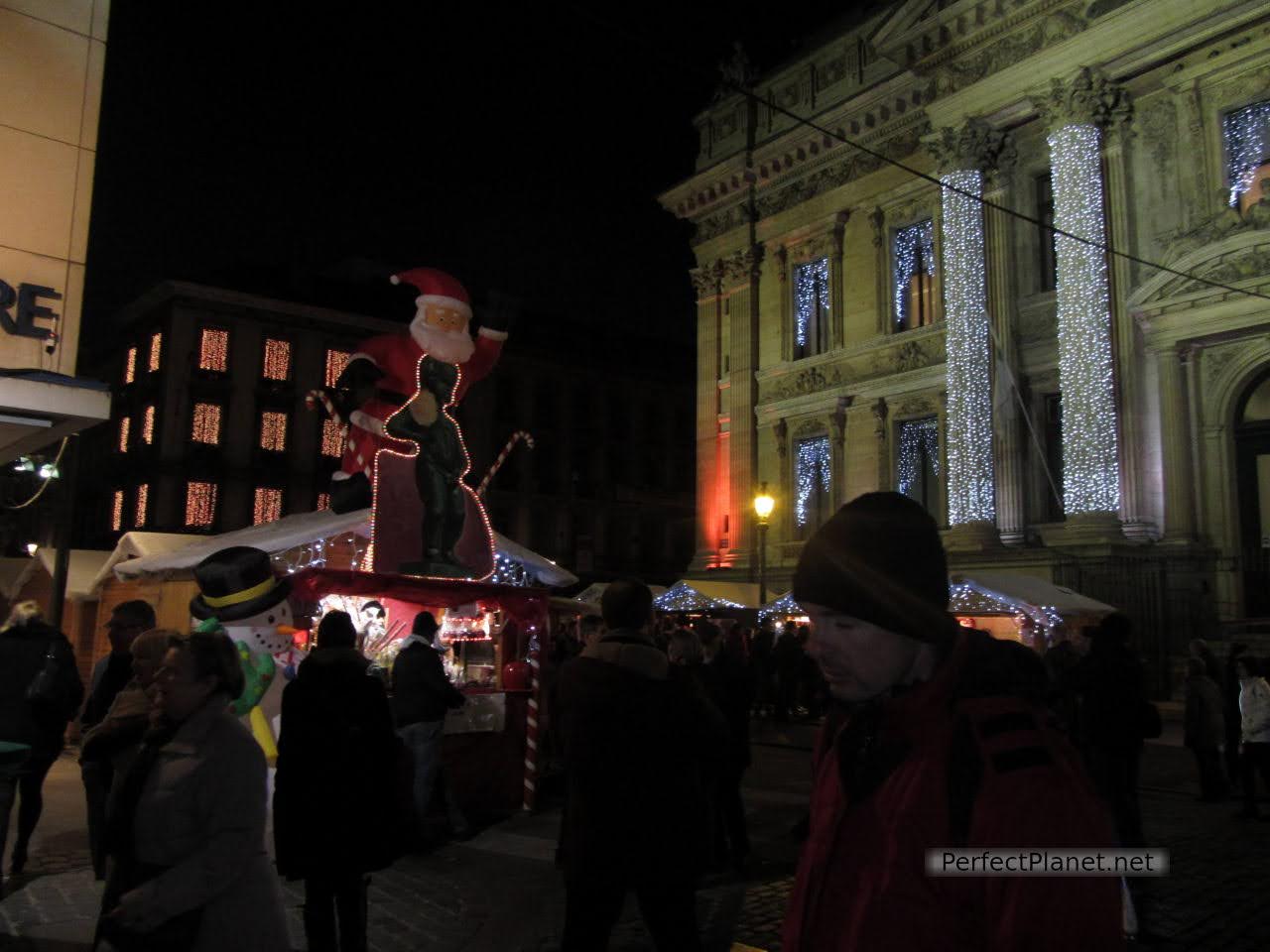
Christmas Market next Stock Exchange Building
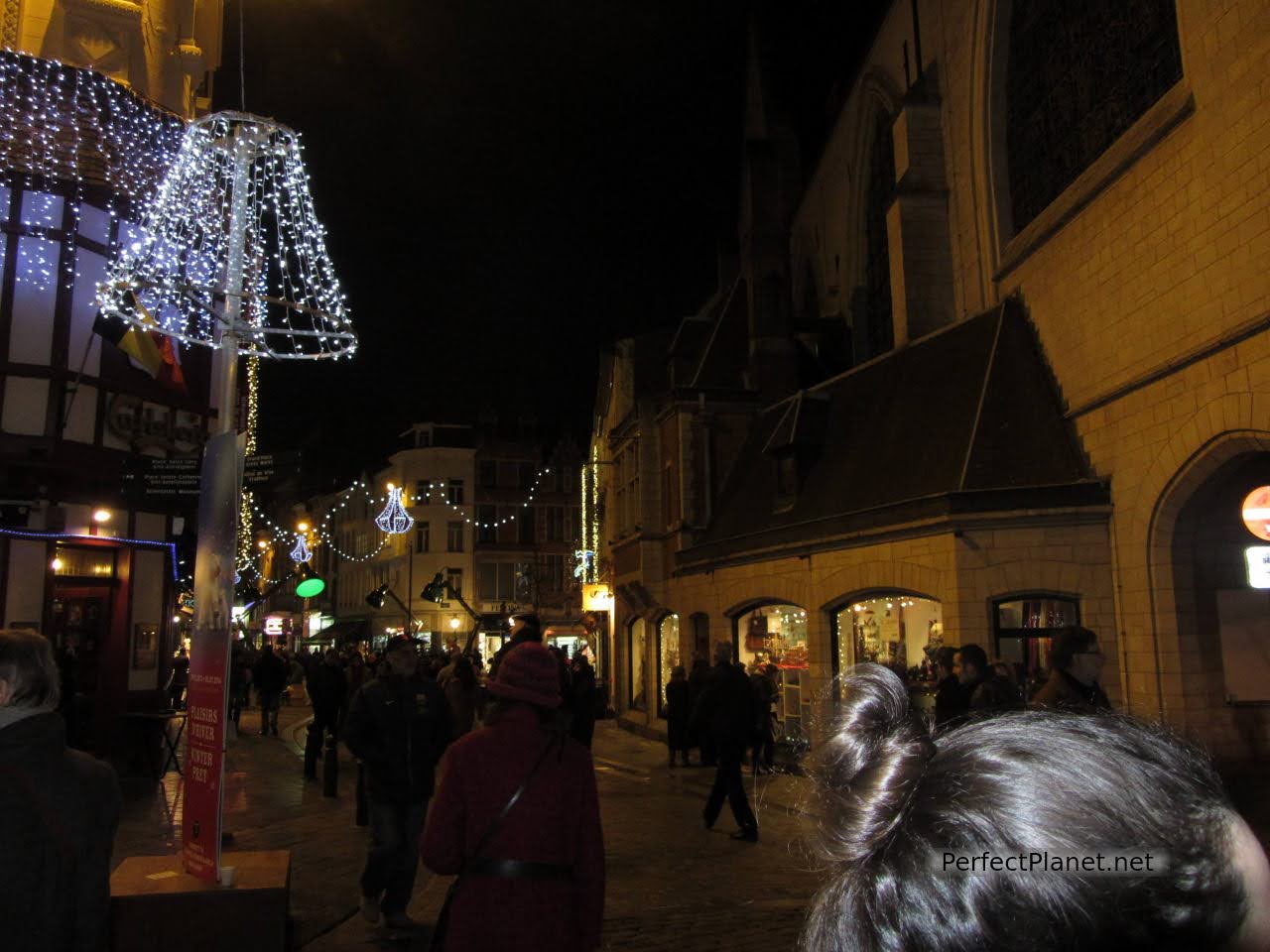
Brussels
Map
Nearby visits
Bruges. Known as Belgium's Little Venice, Bruges is a beautiful destination of cobbled streets and dreamy canals. Capital of the Flanders region and a World Heritage Site, it is the perfect day trip from nearby Brussels.

Grand Place
- Log in to post comments

